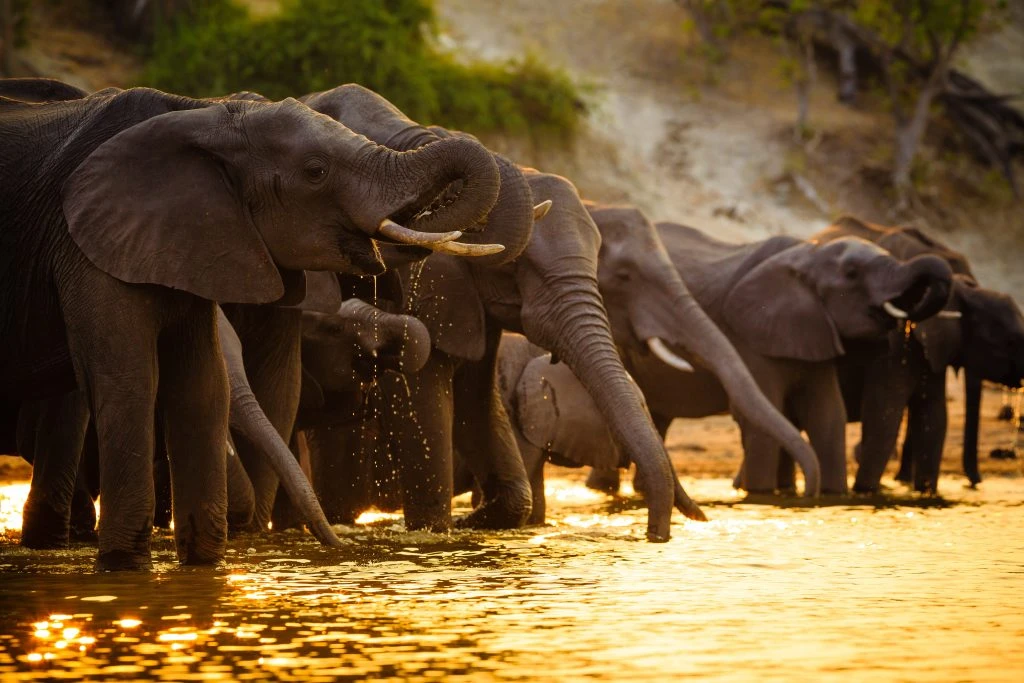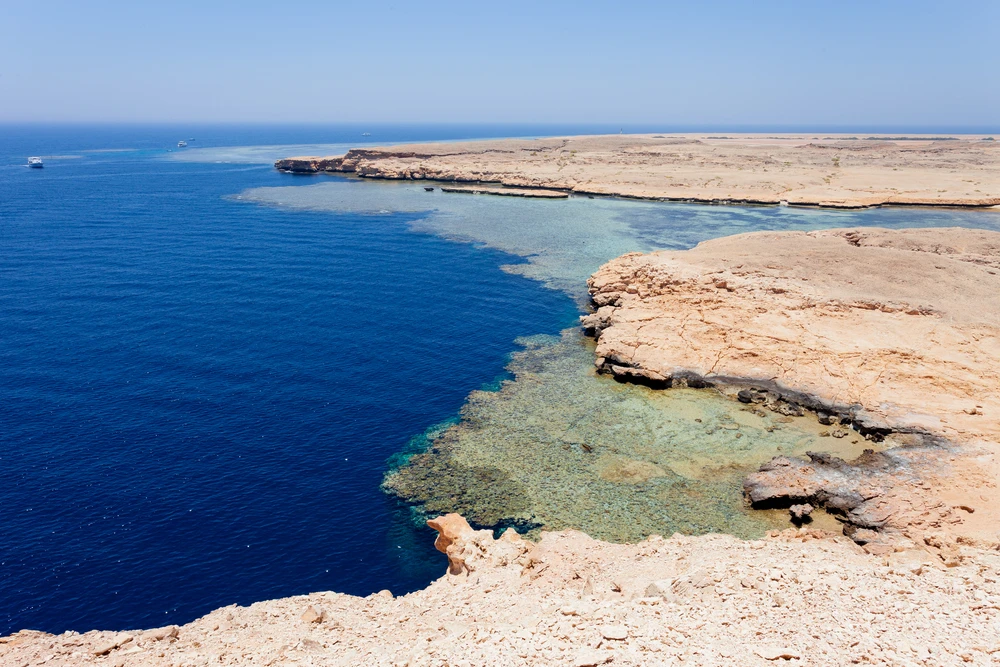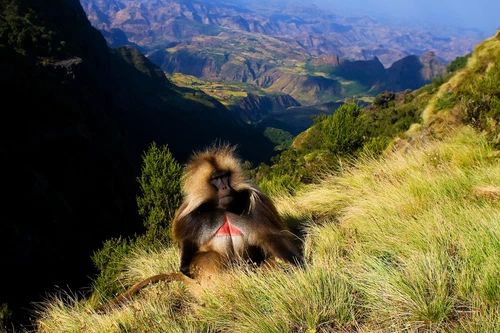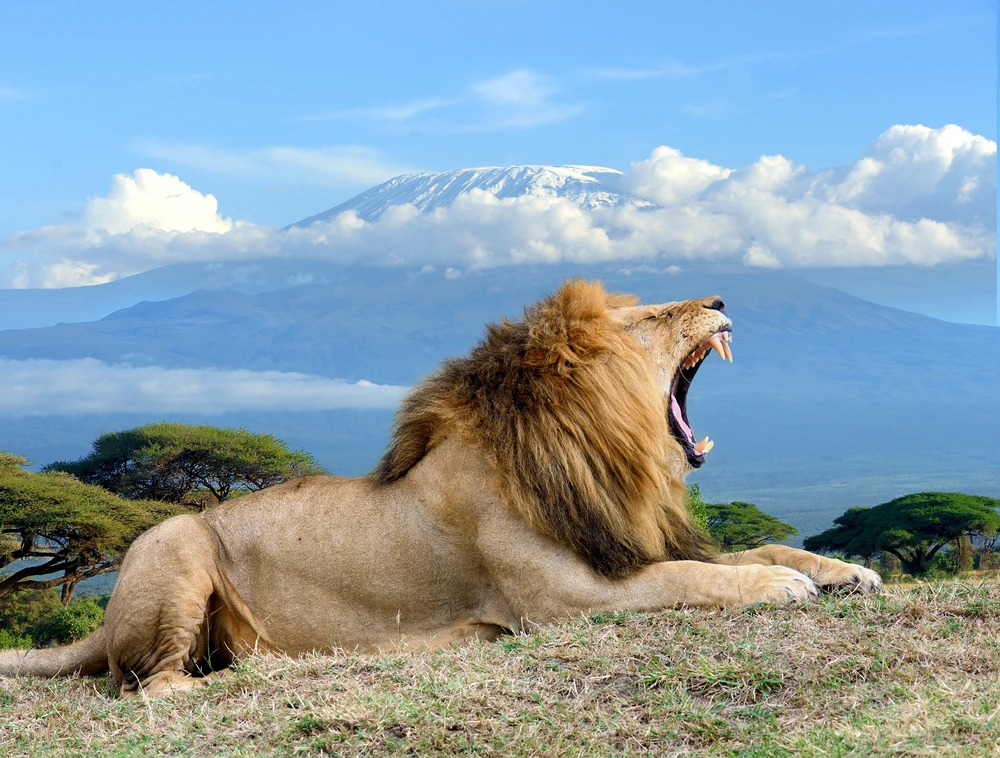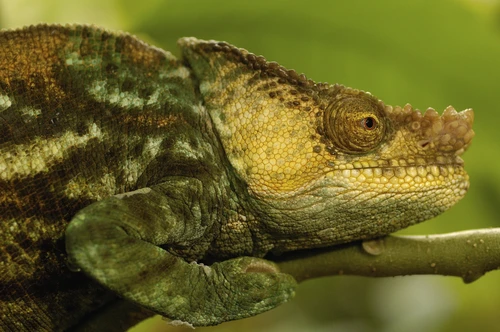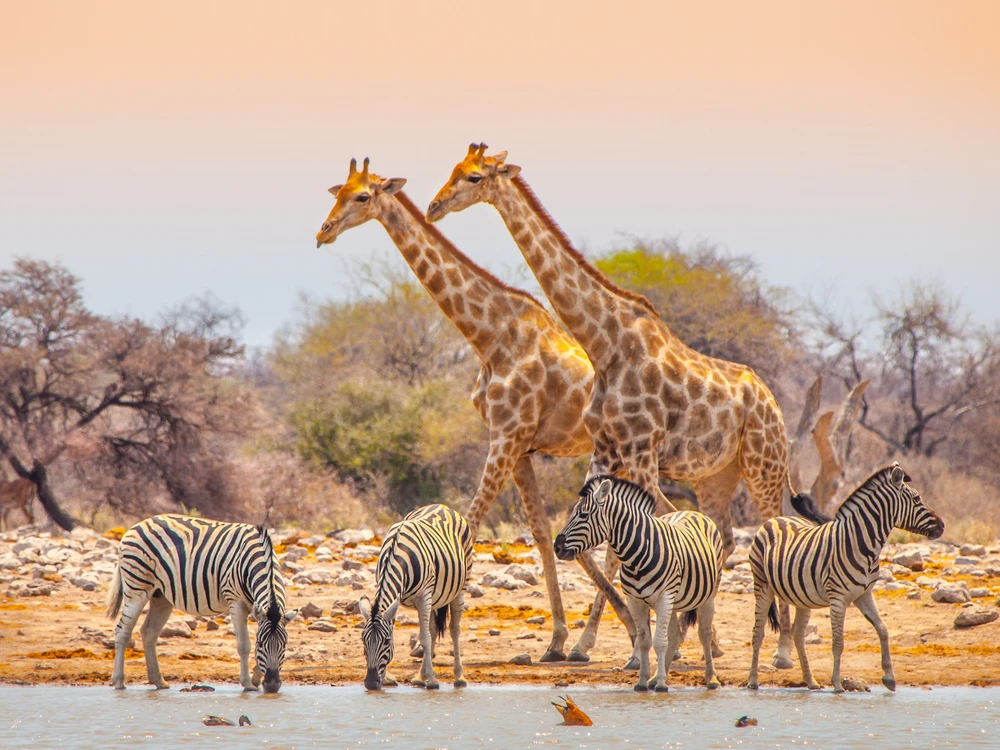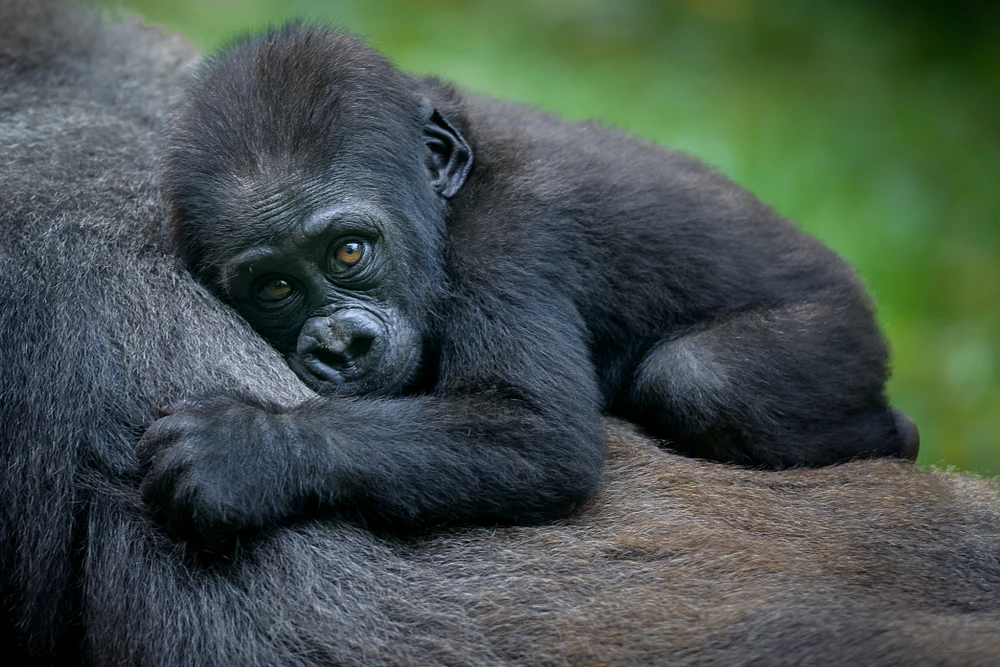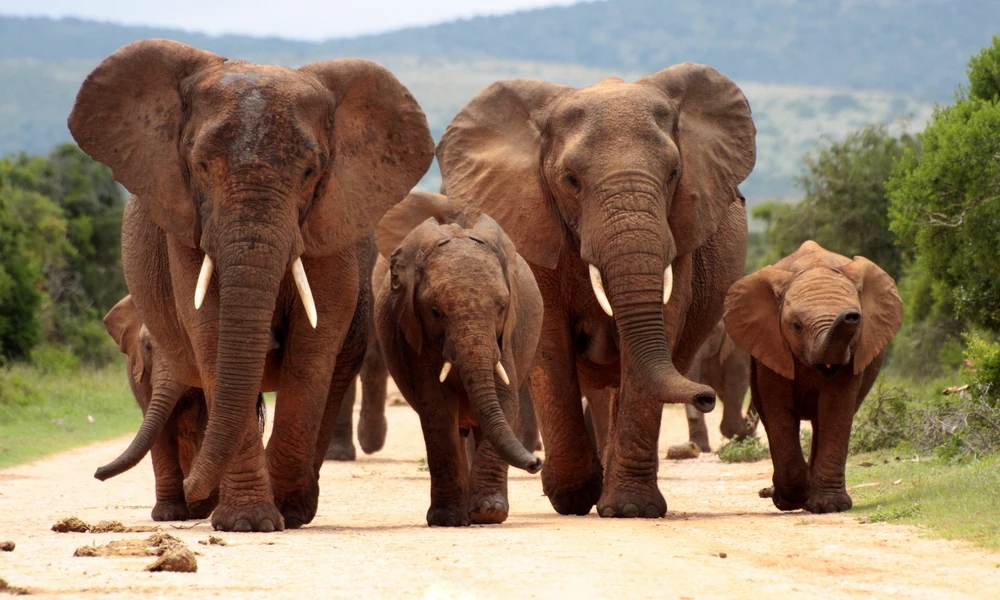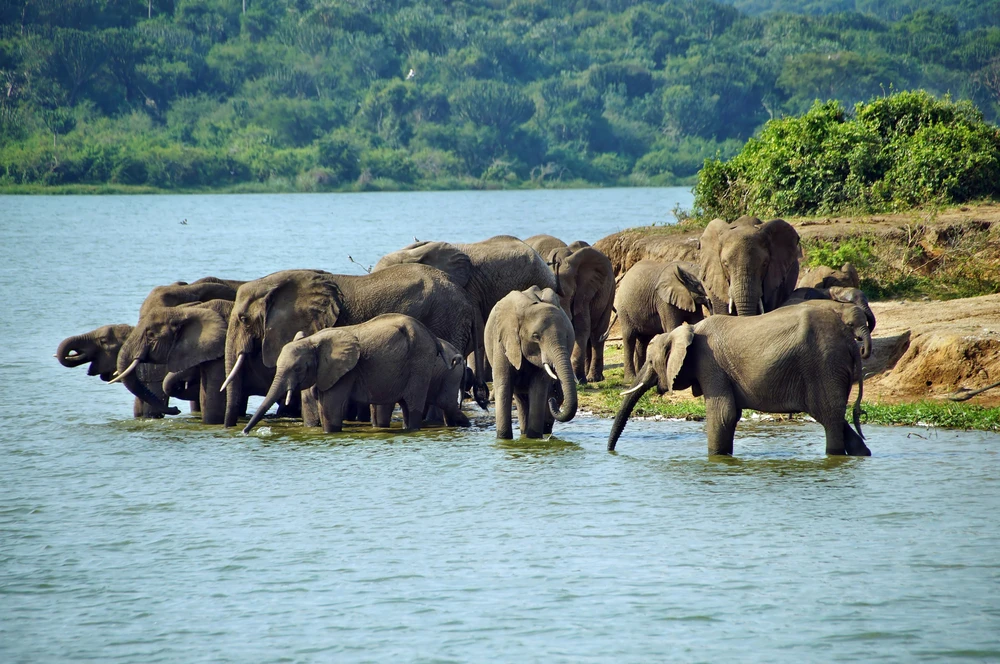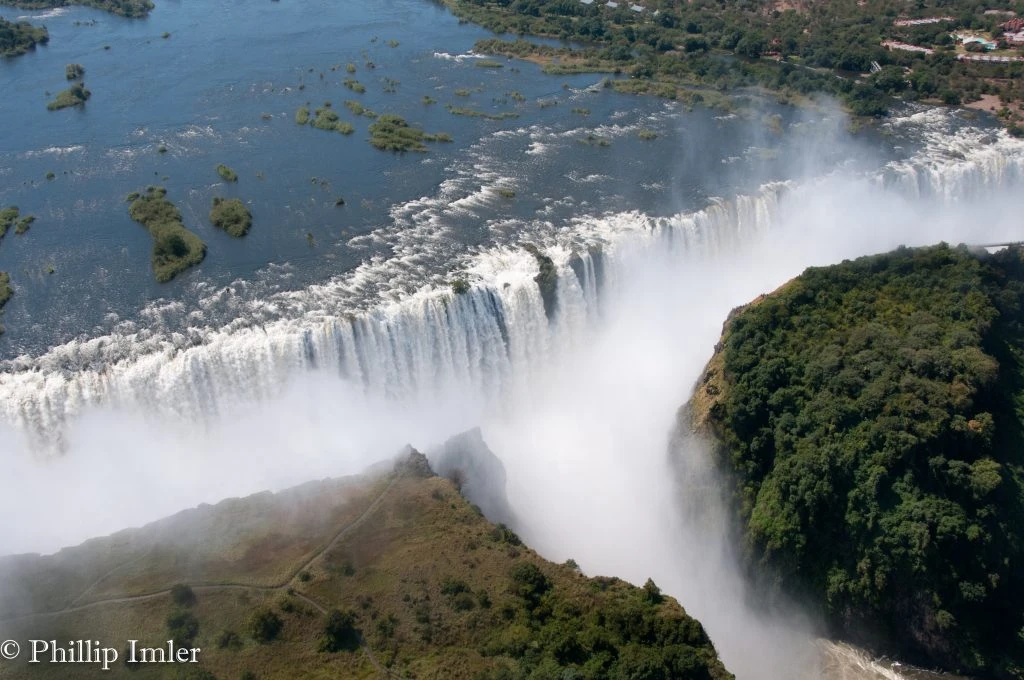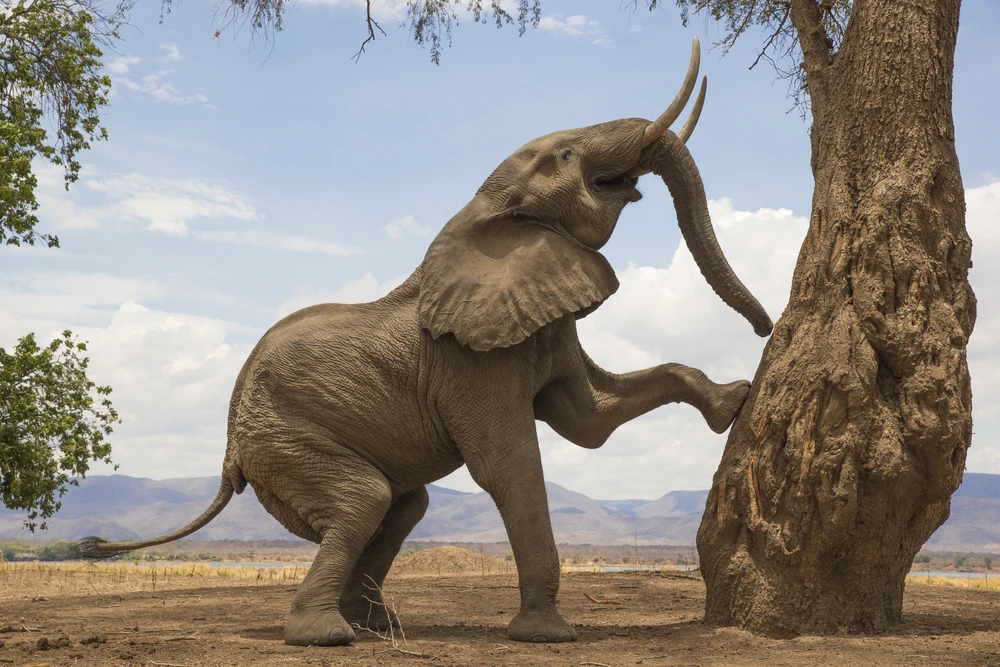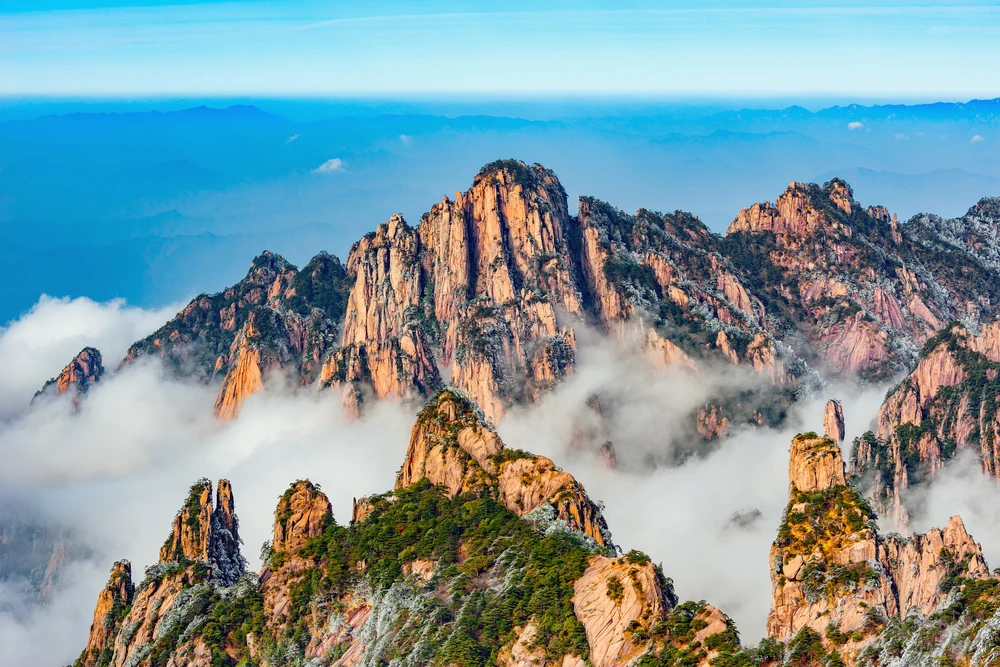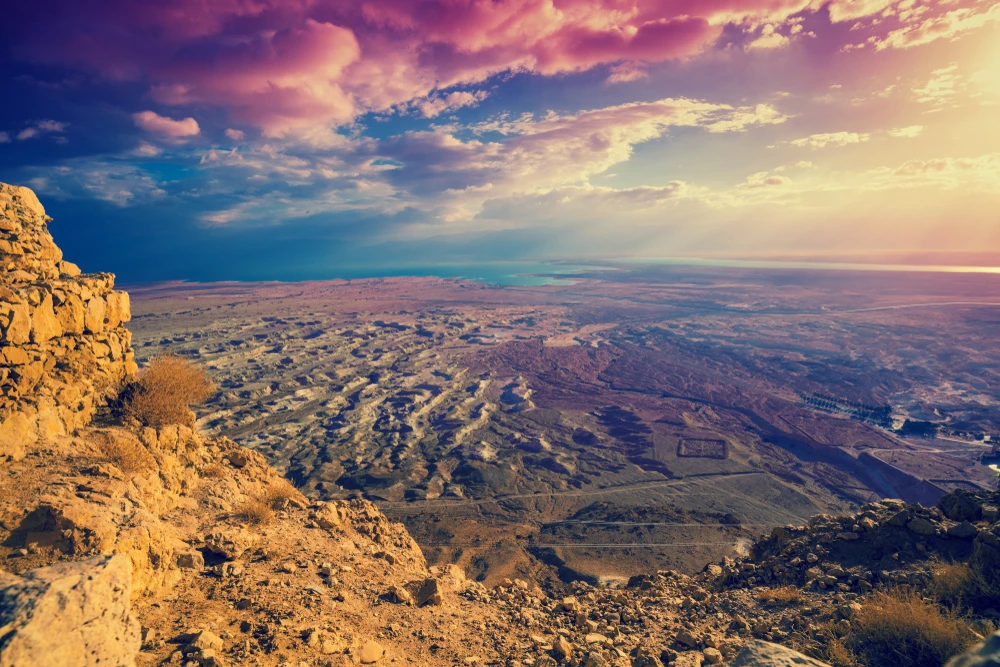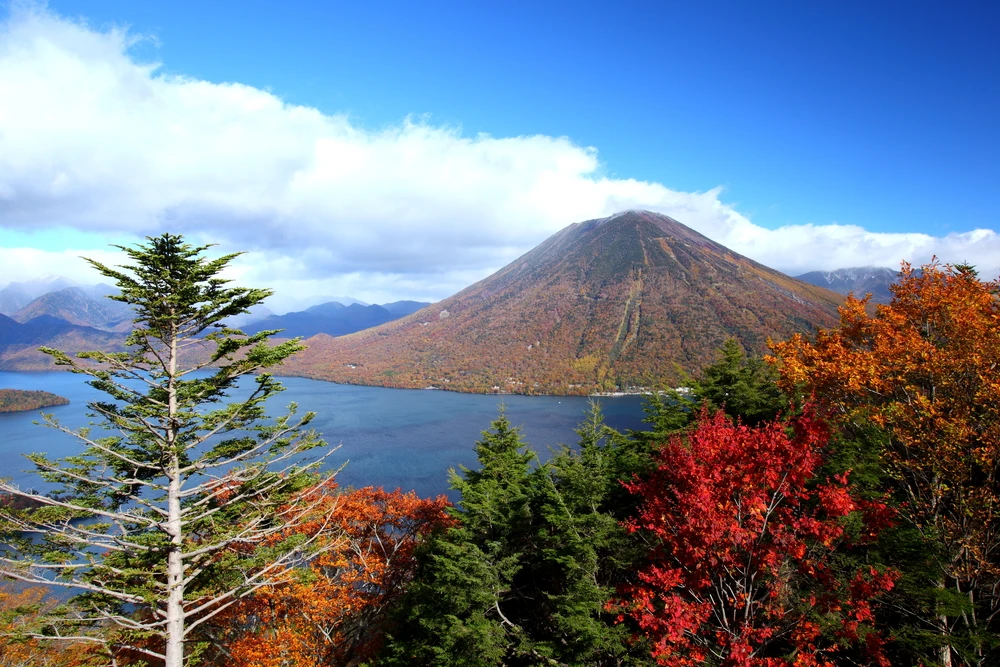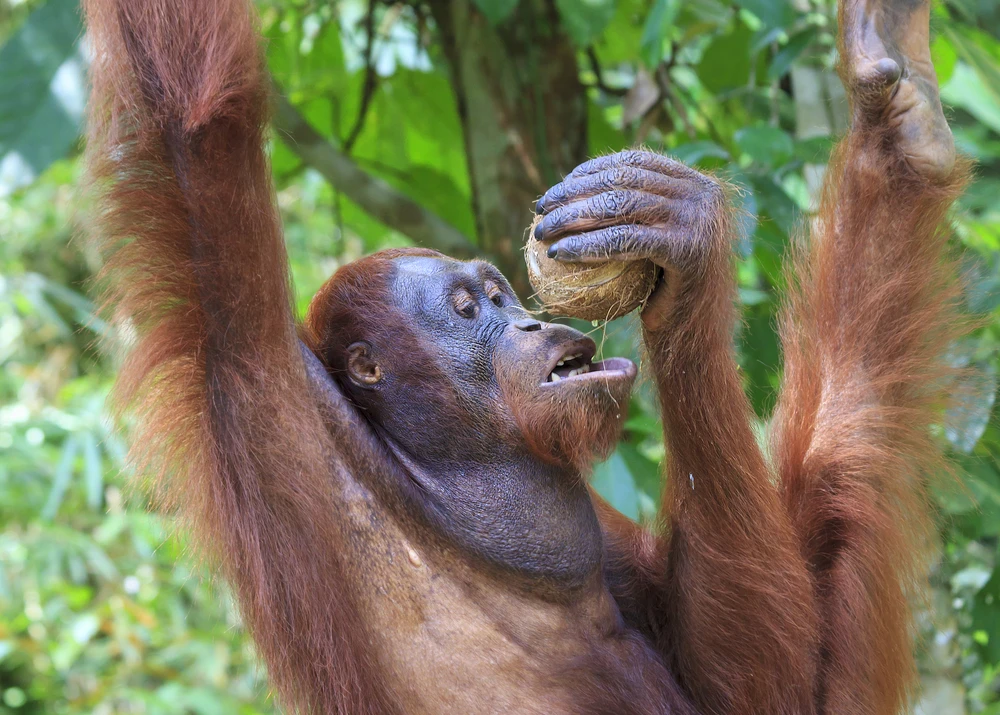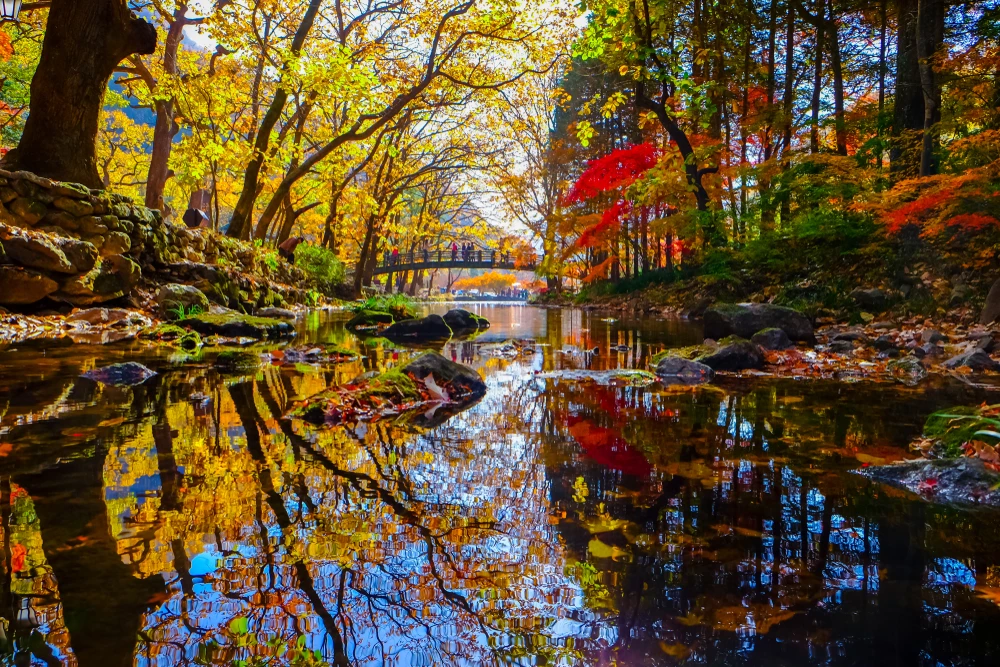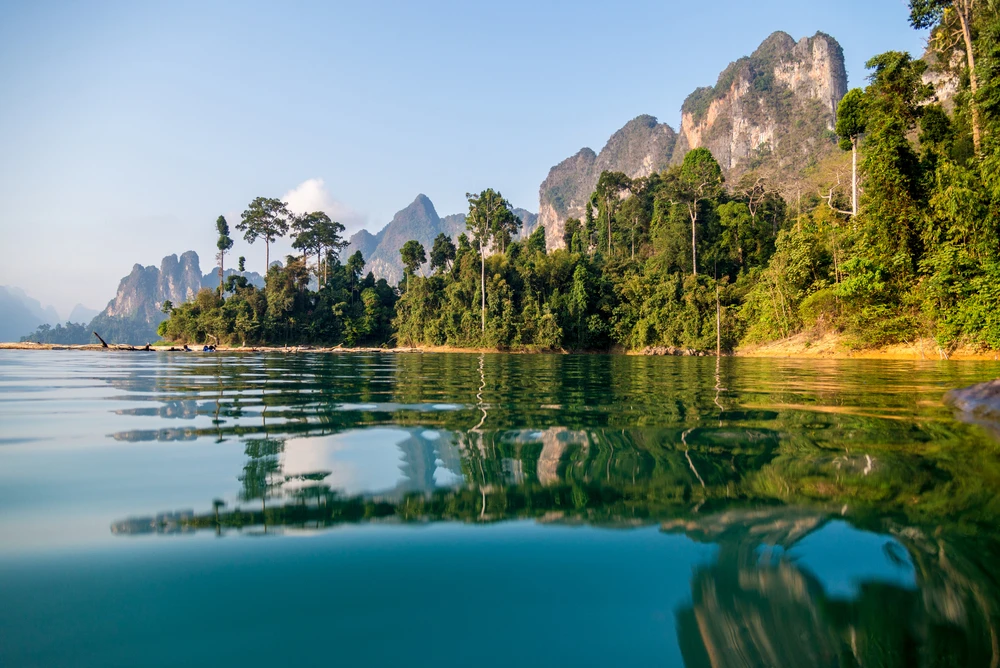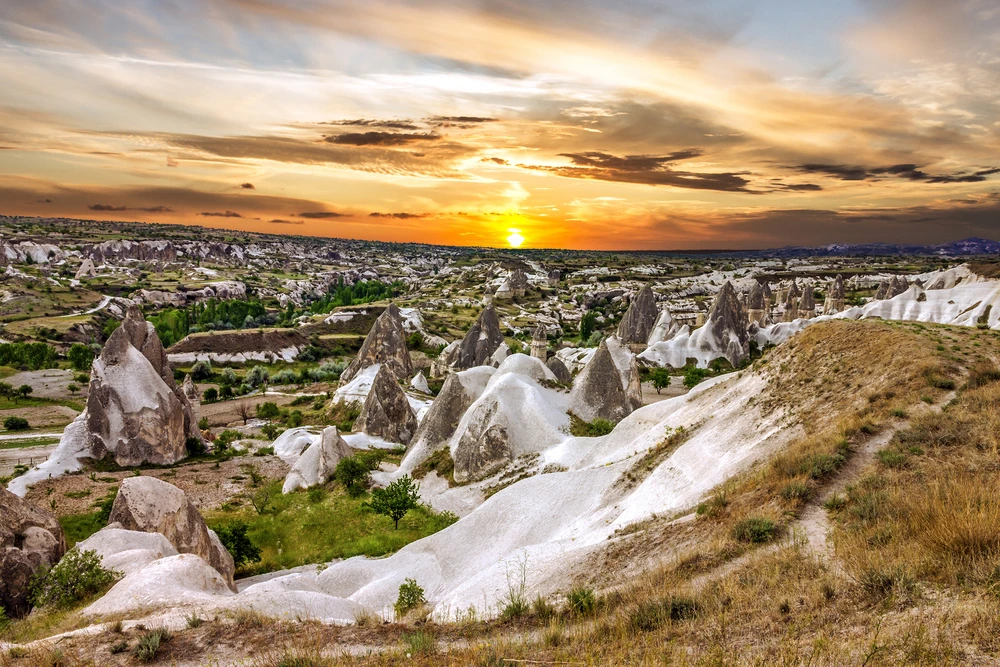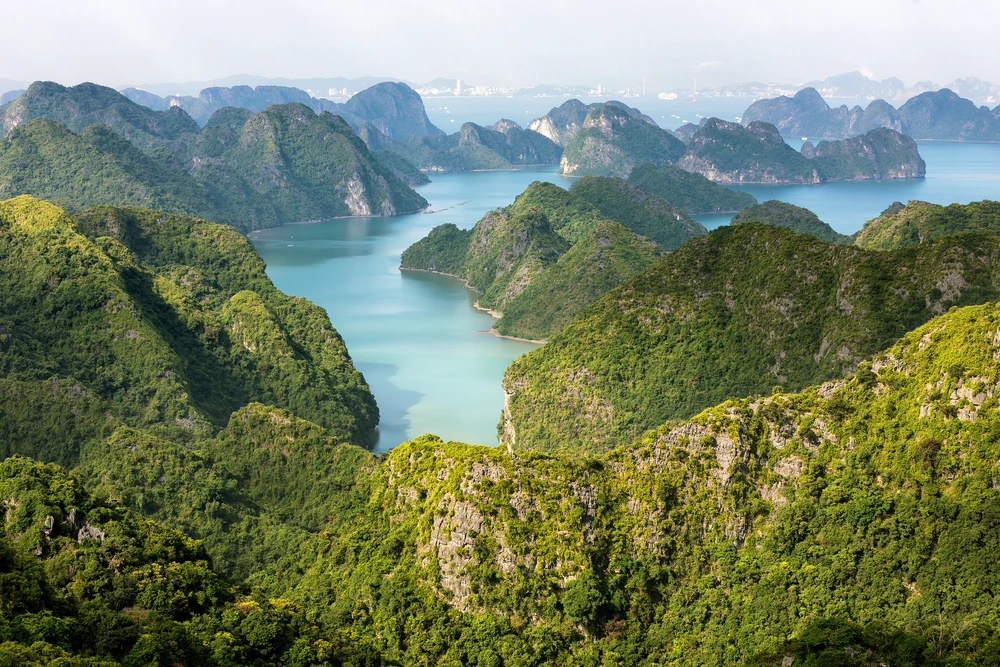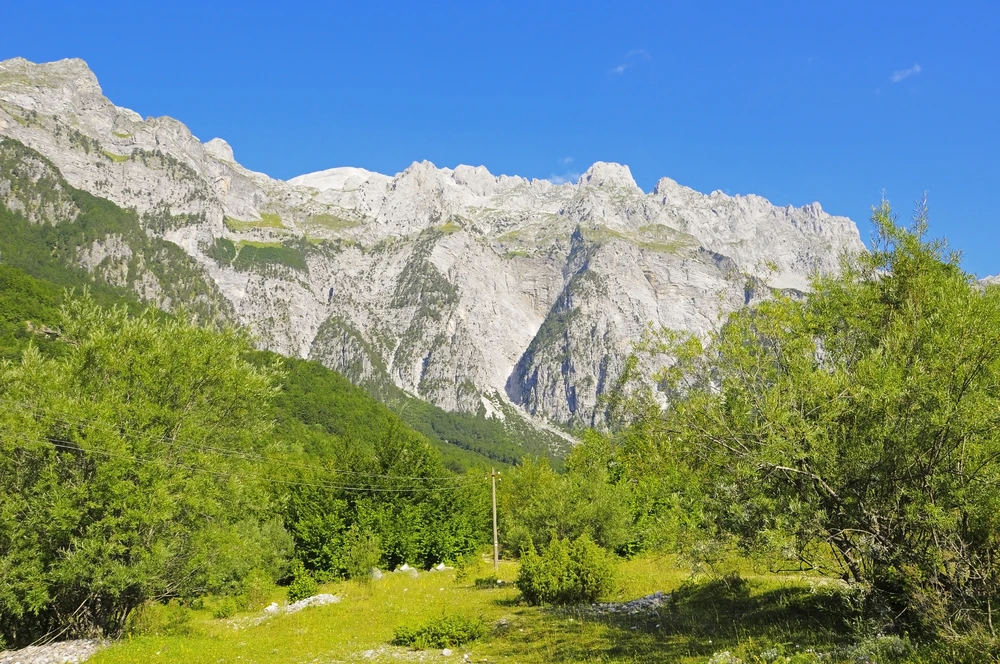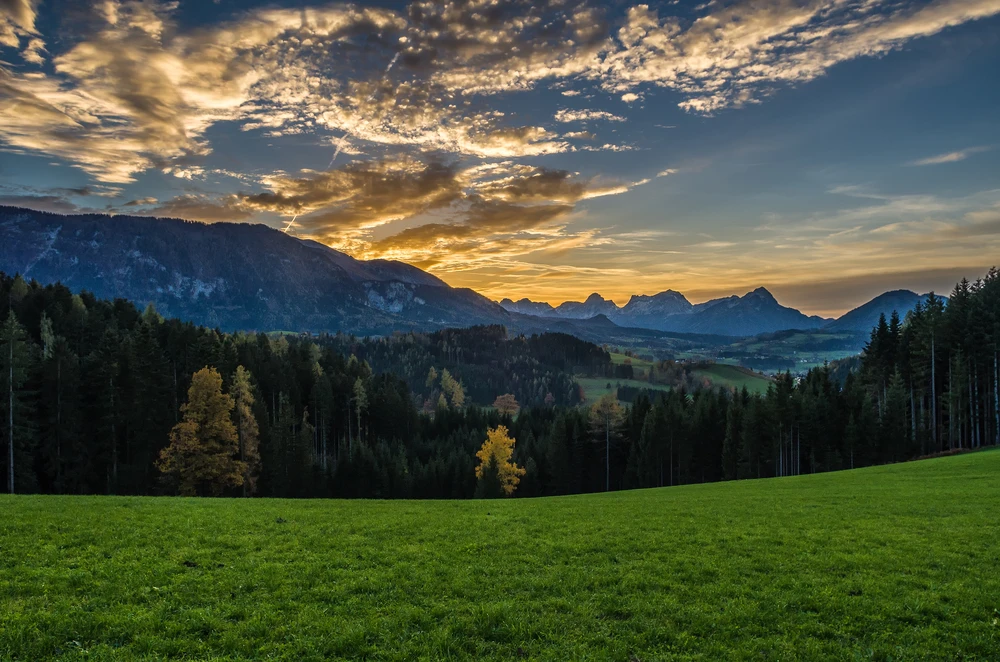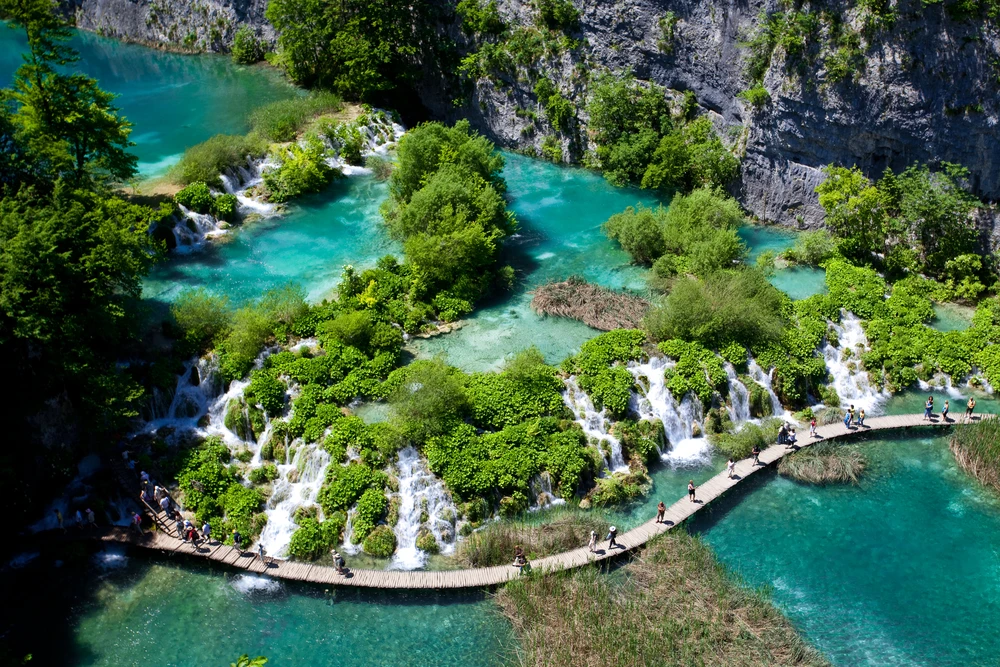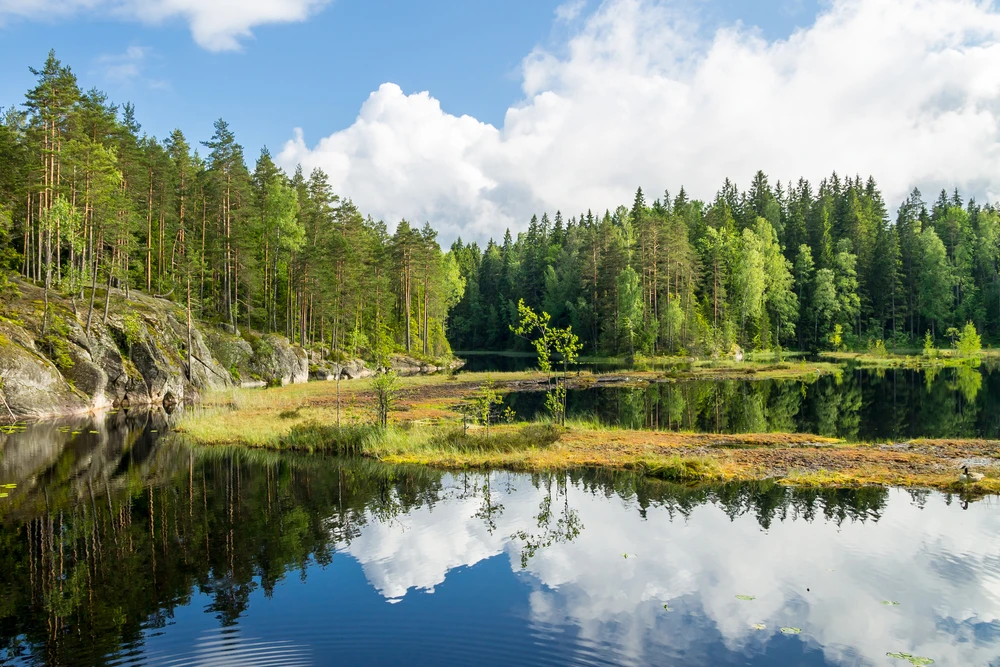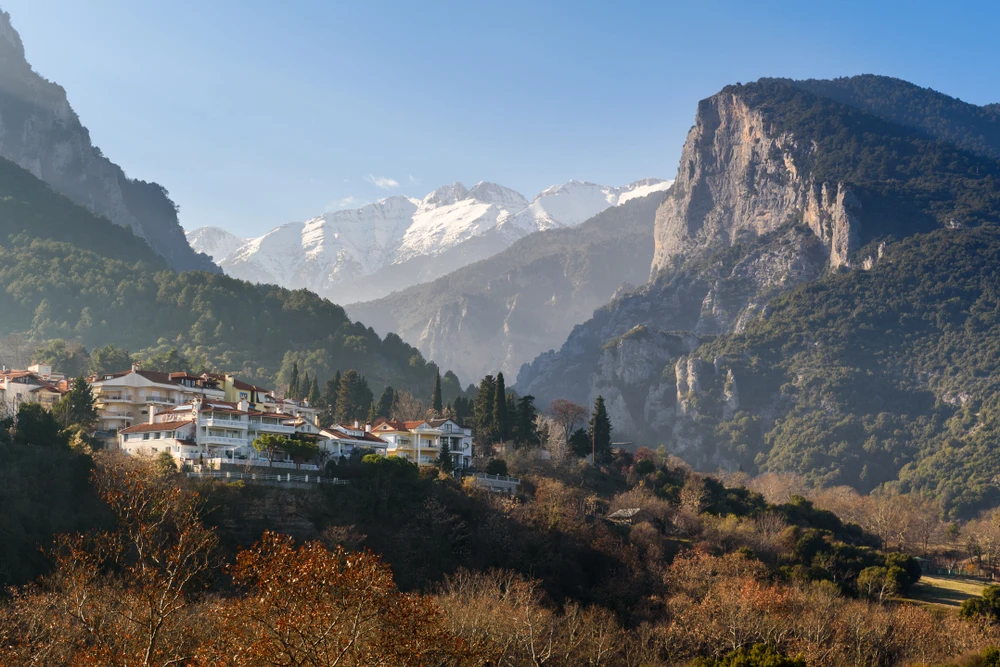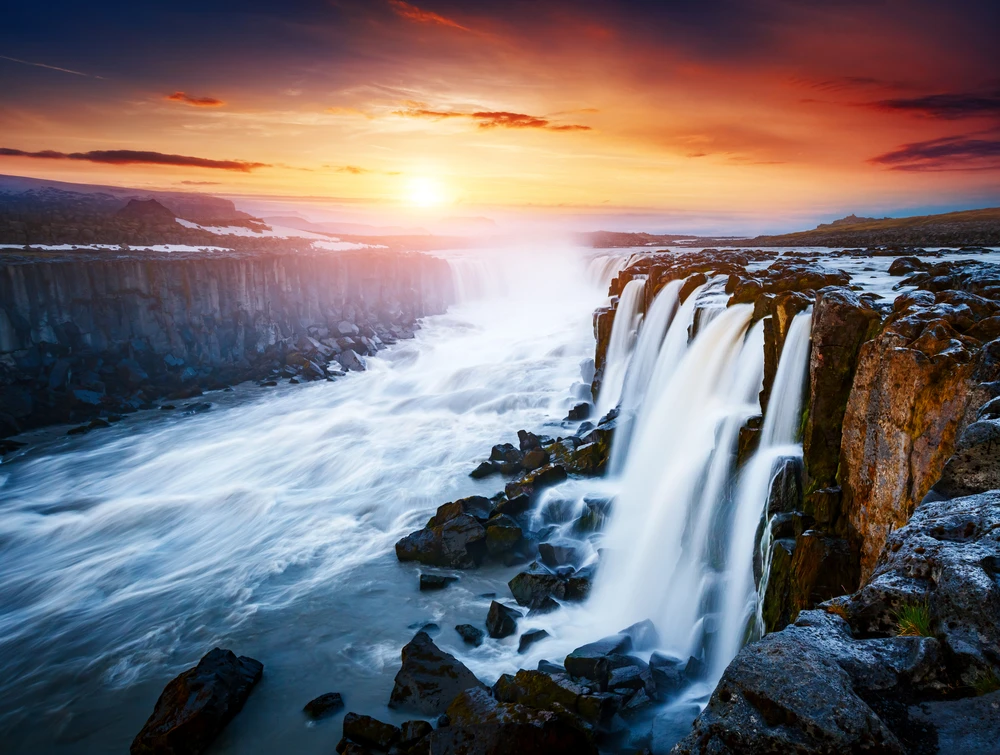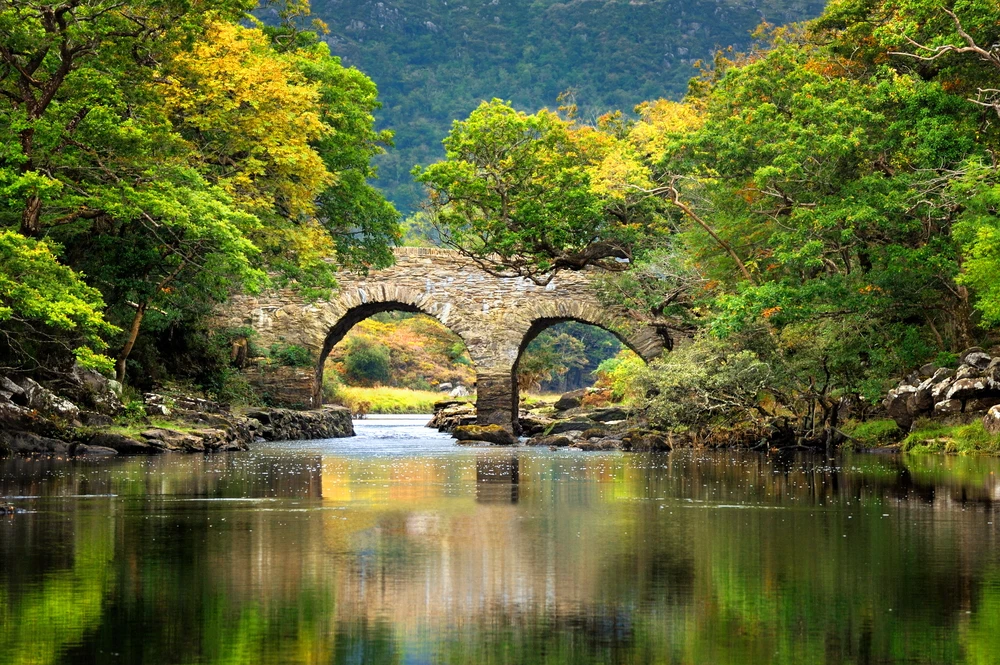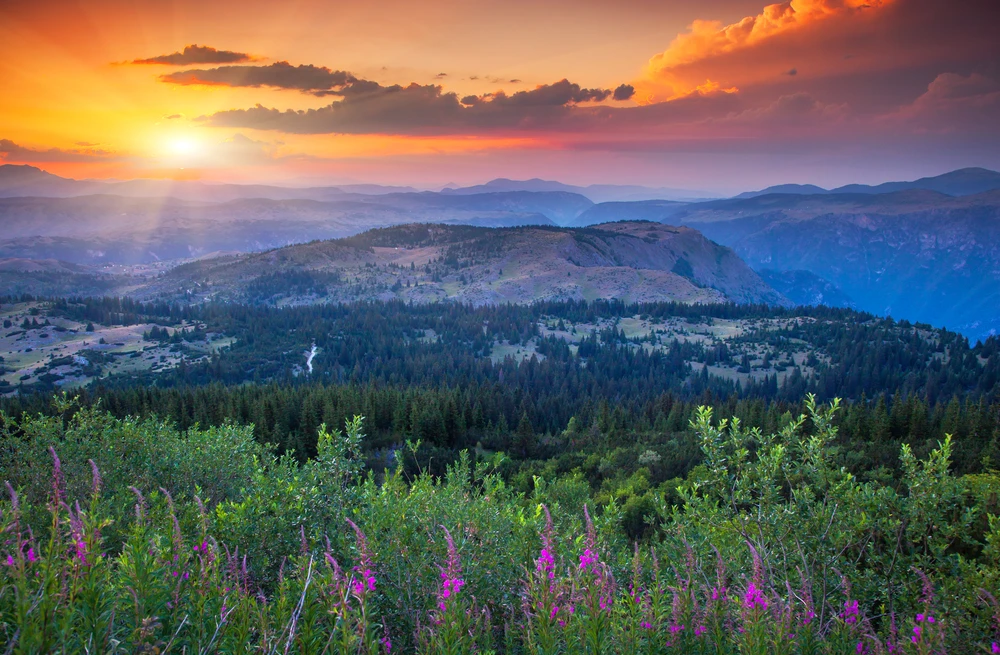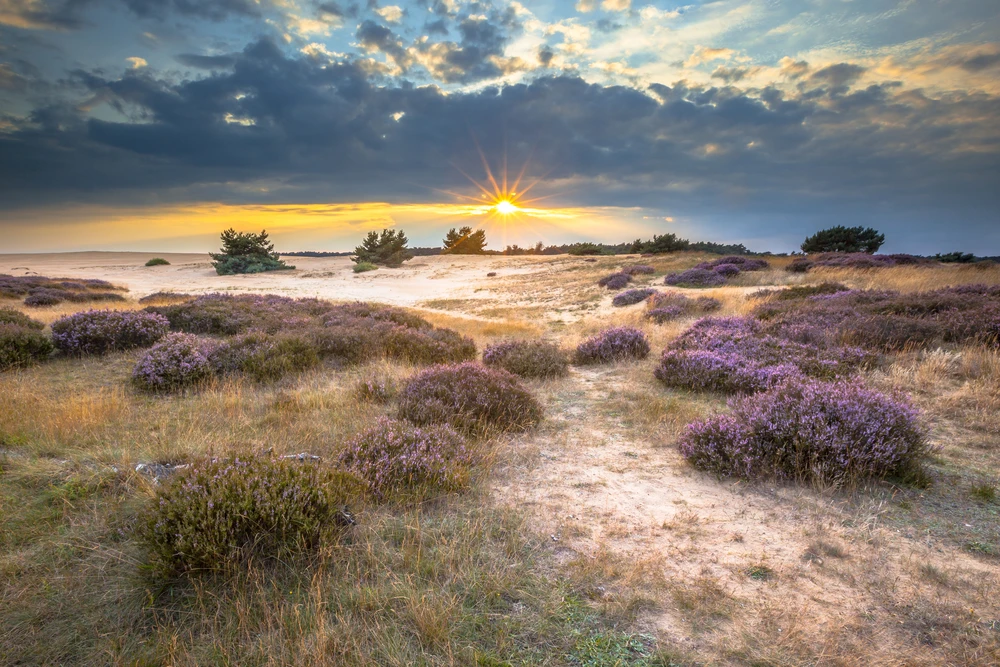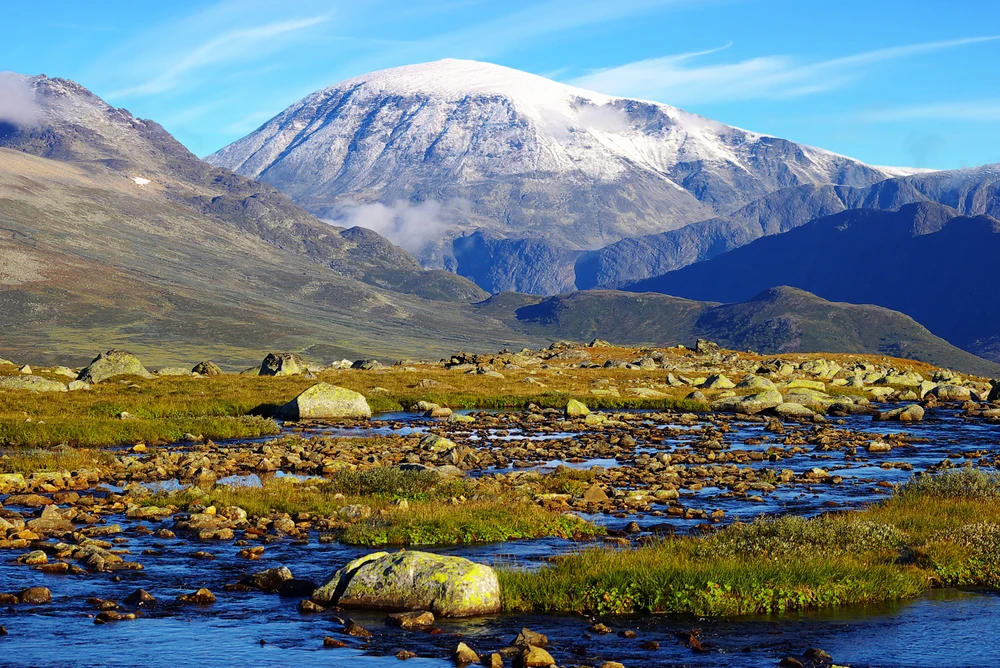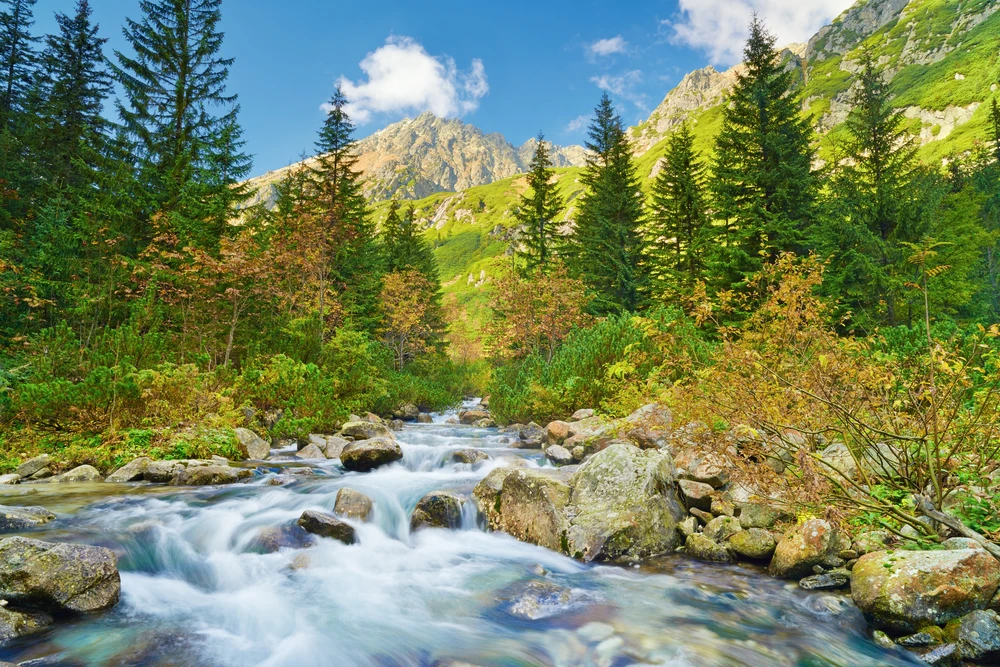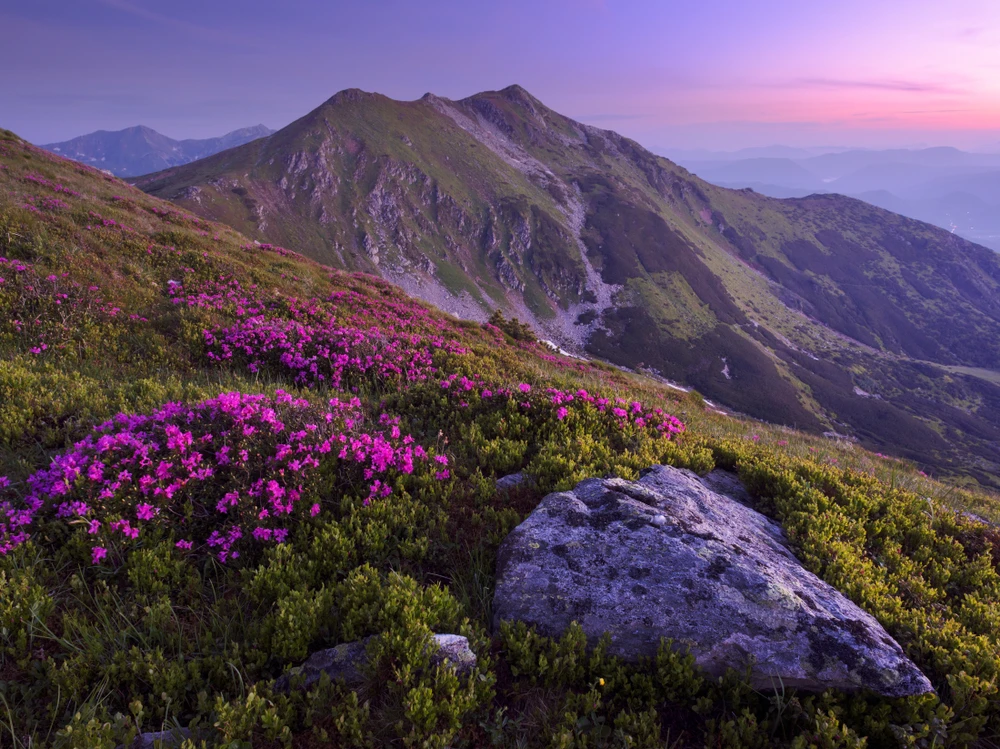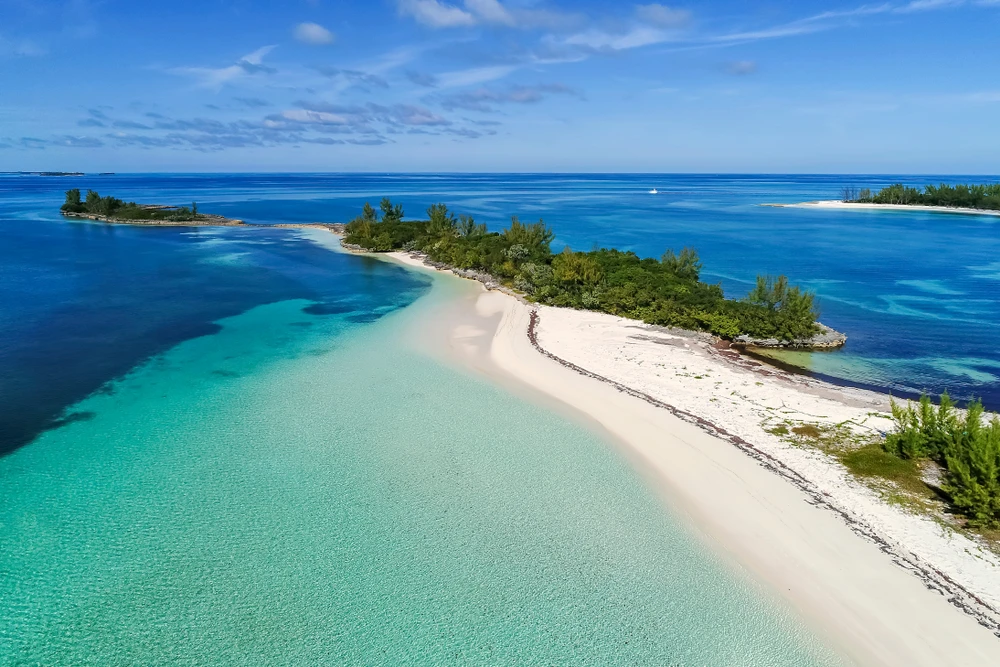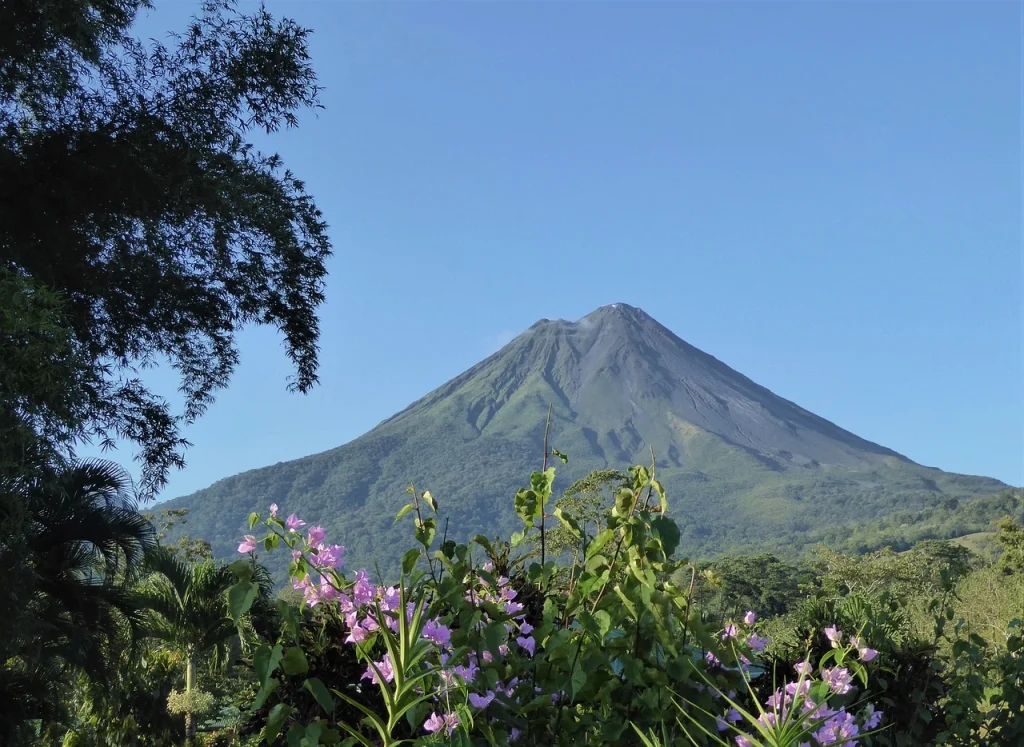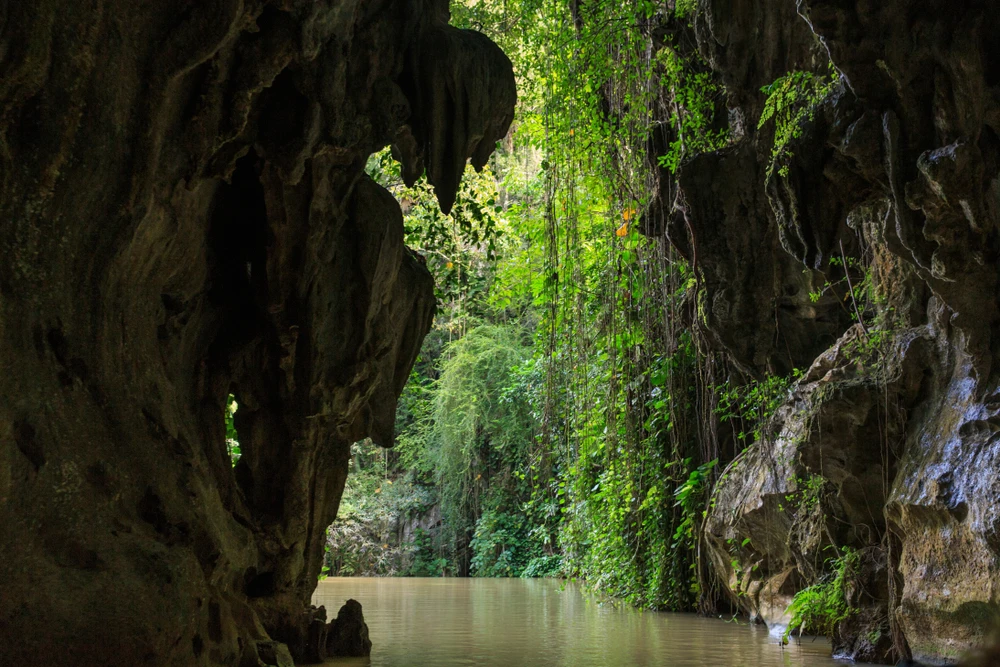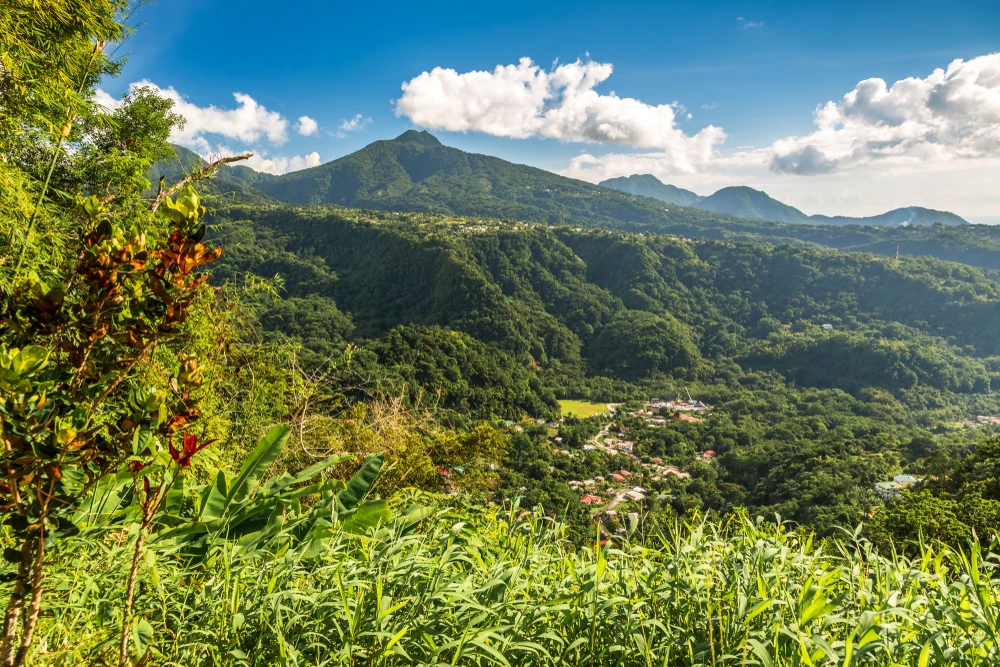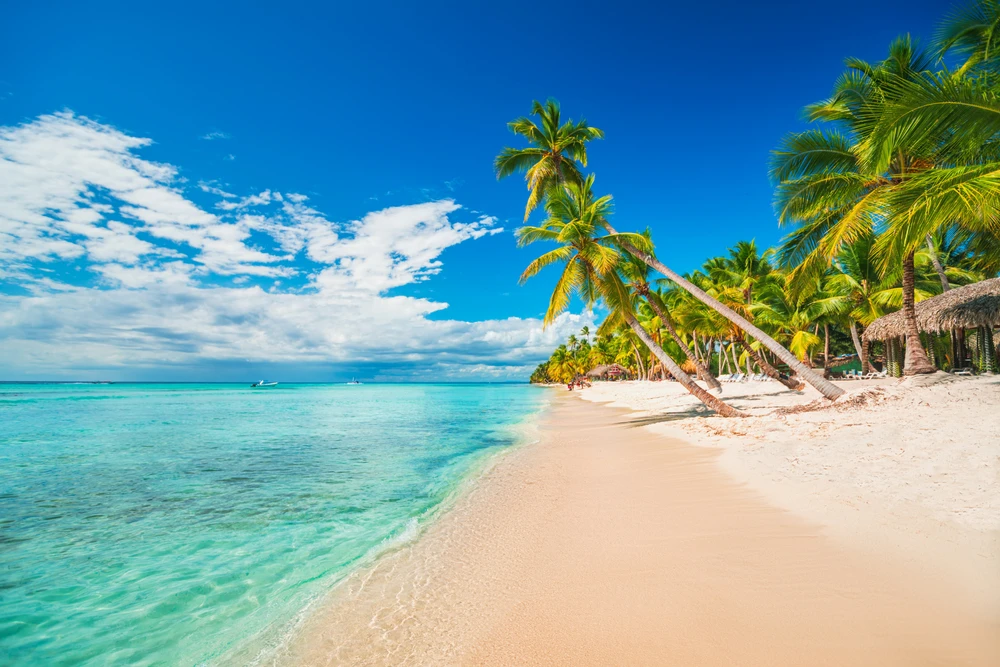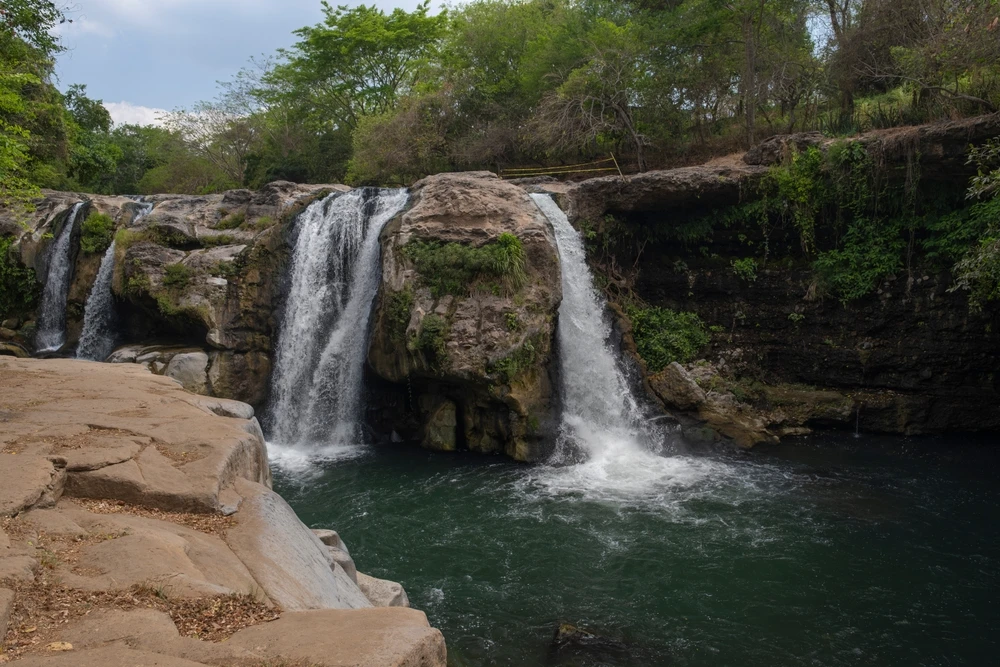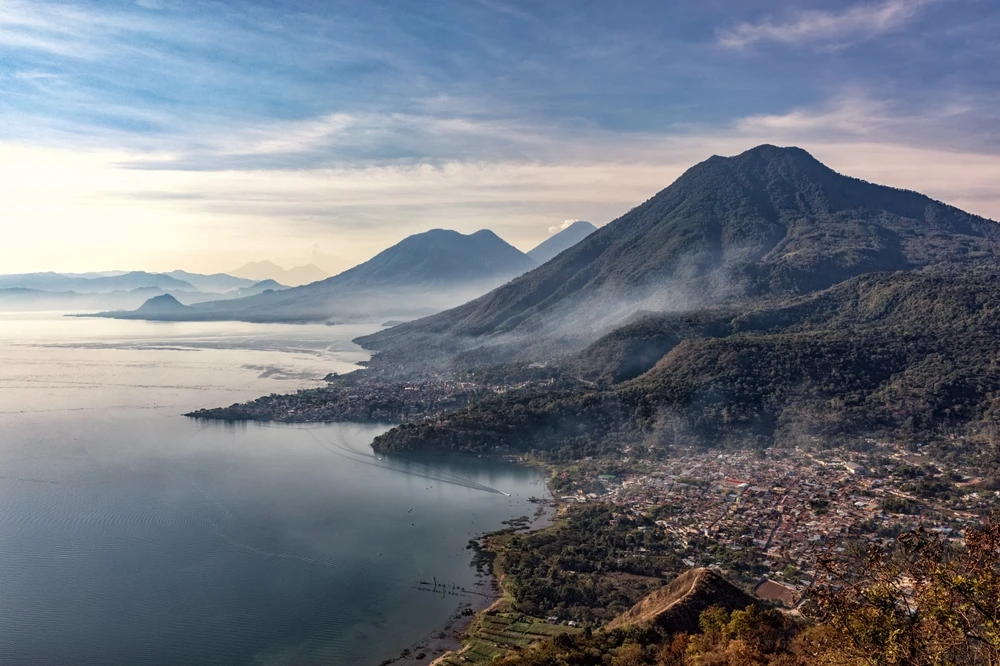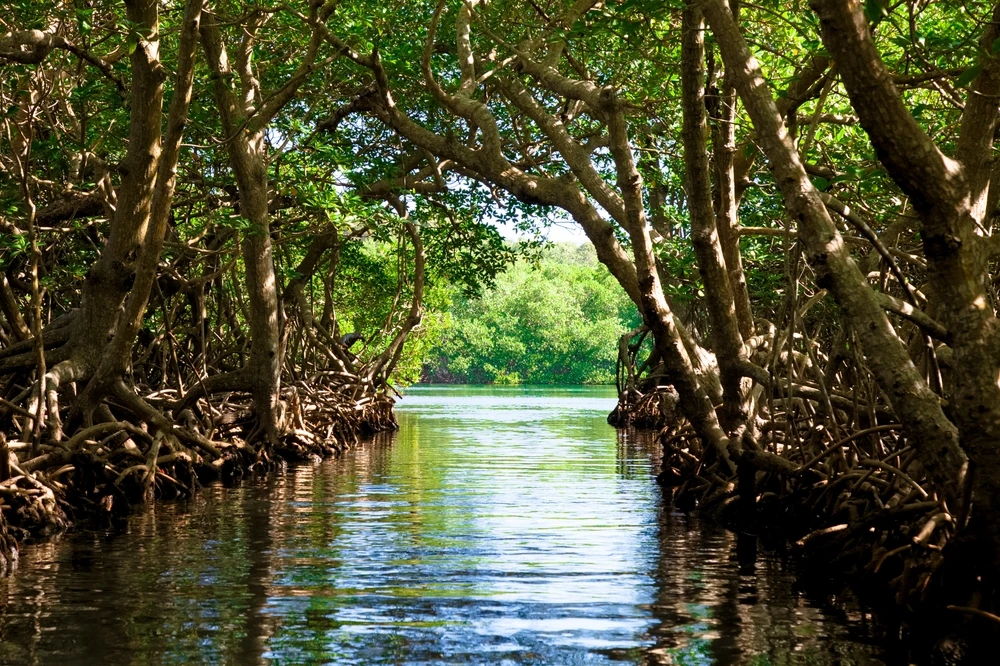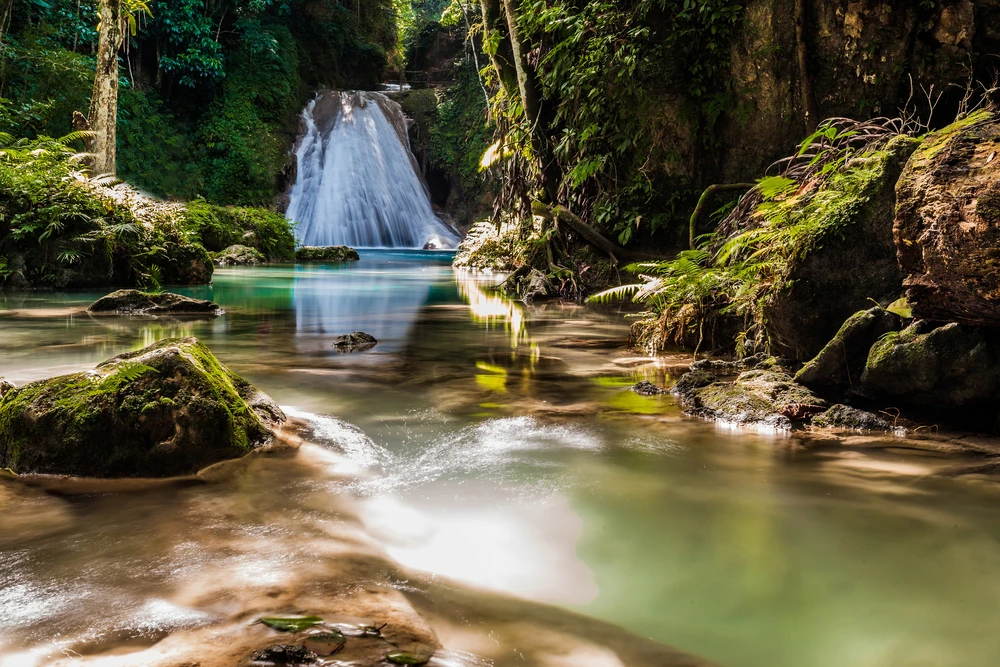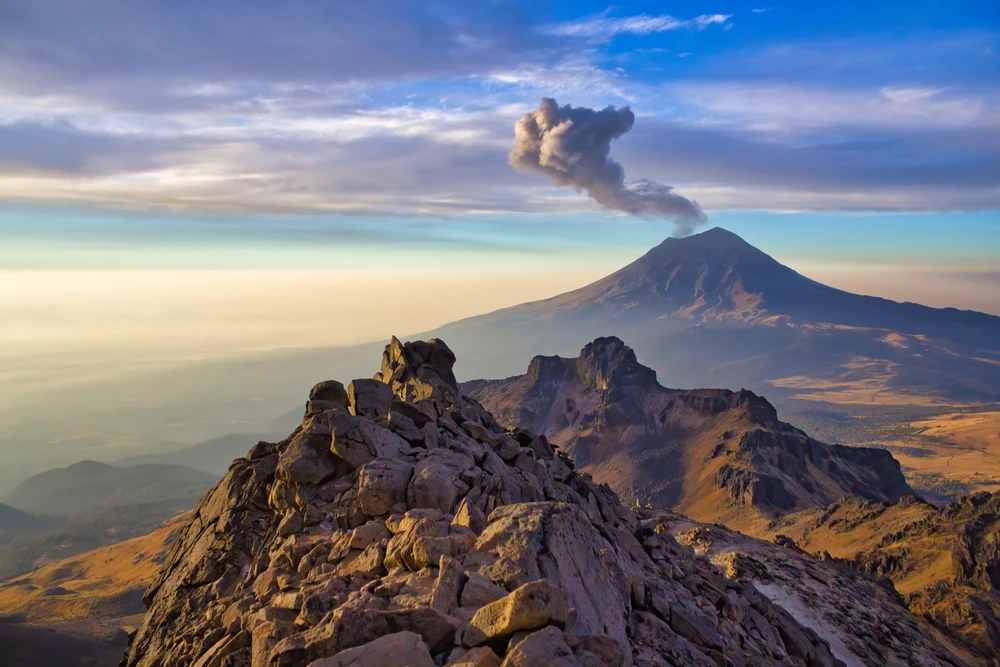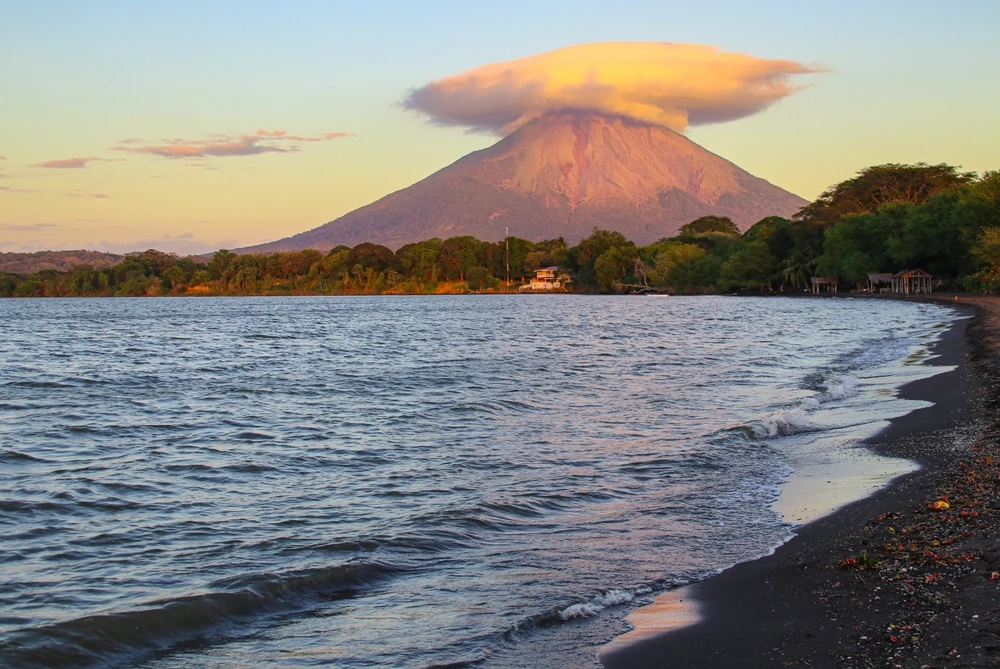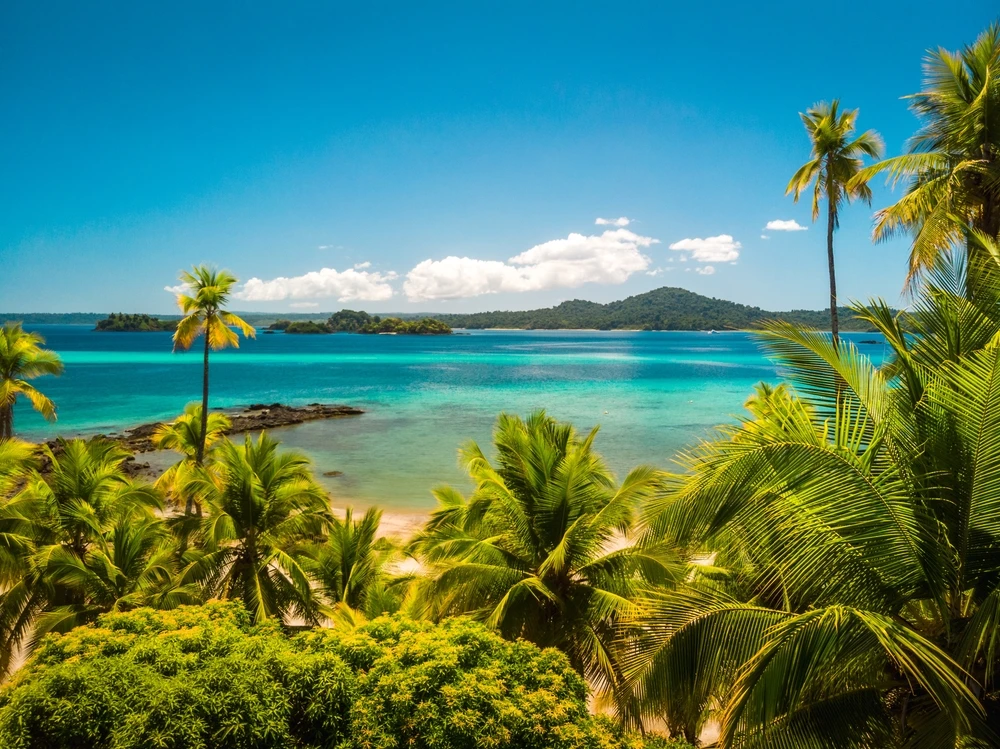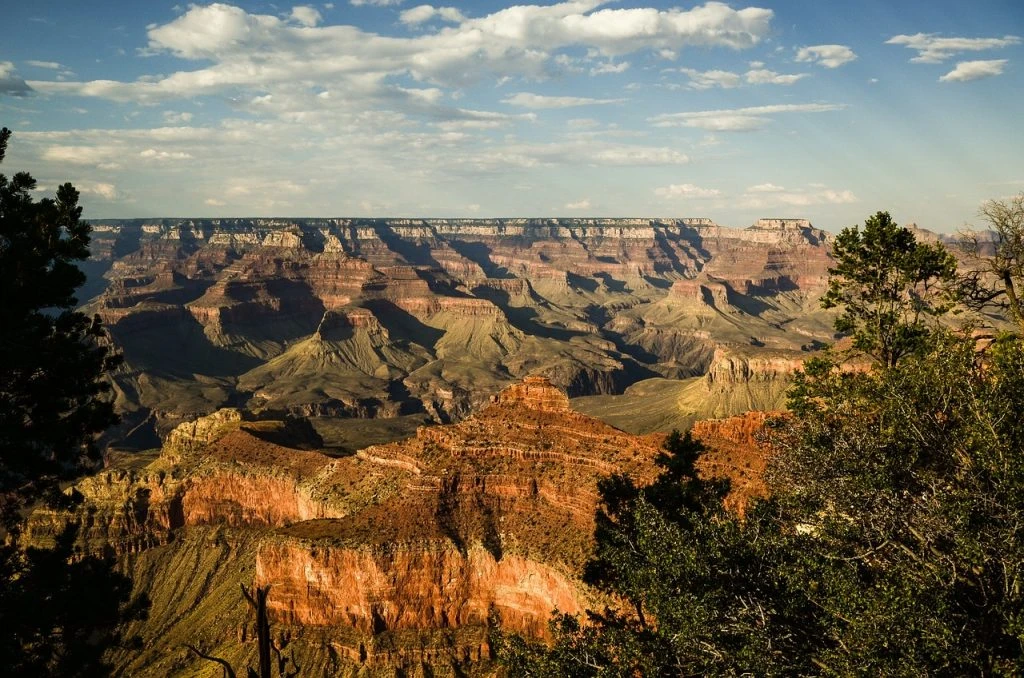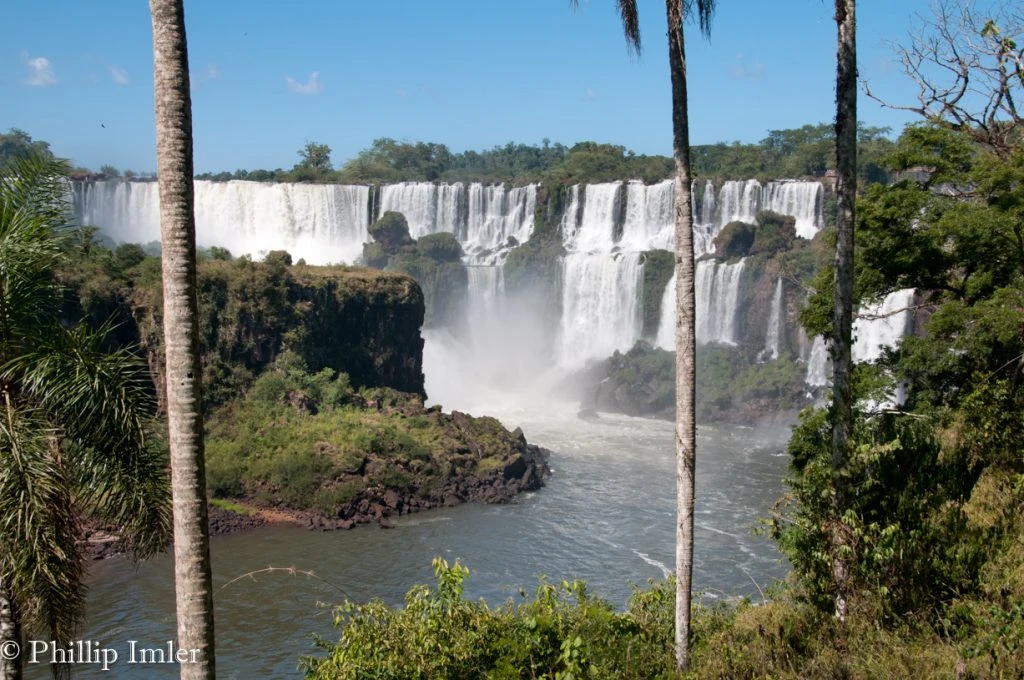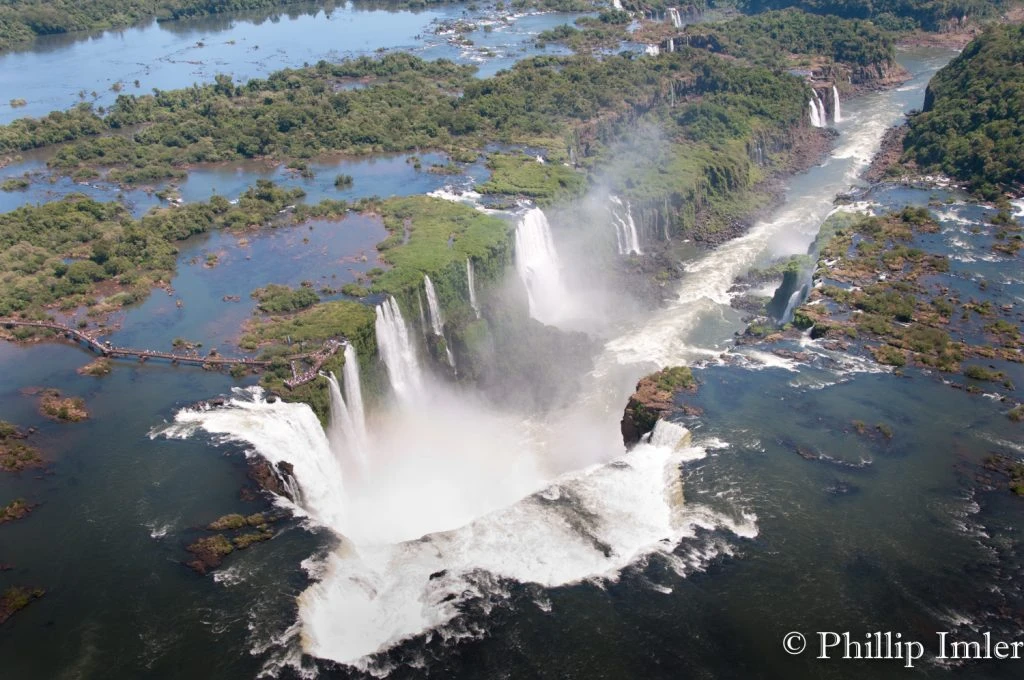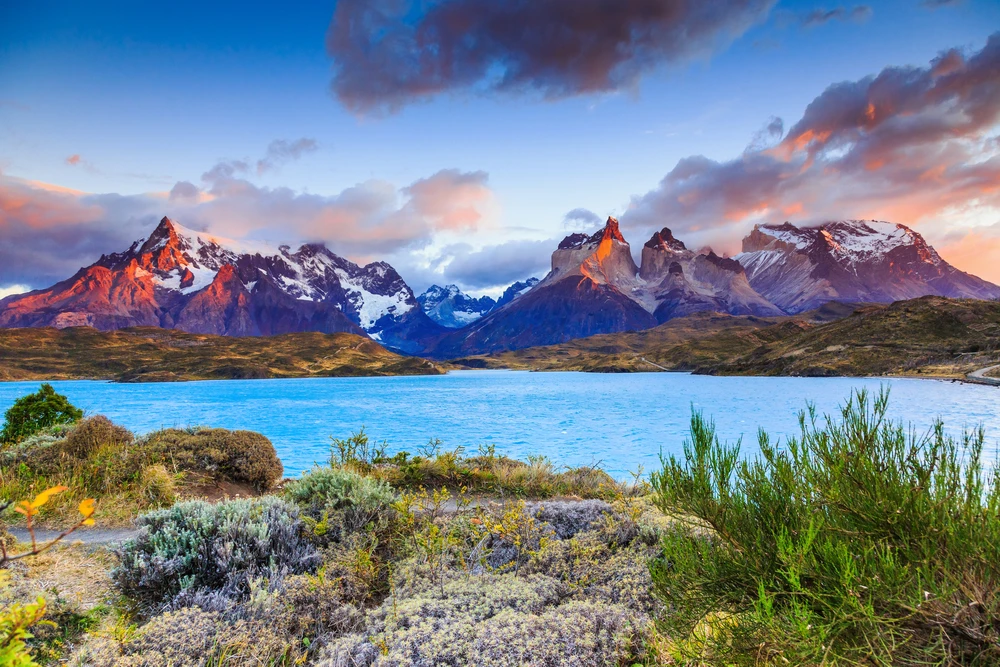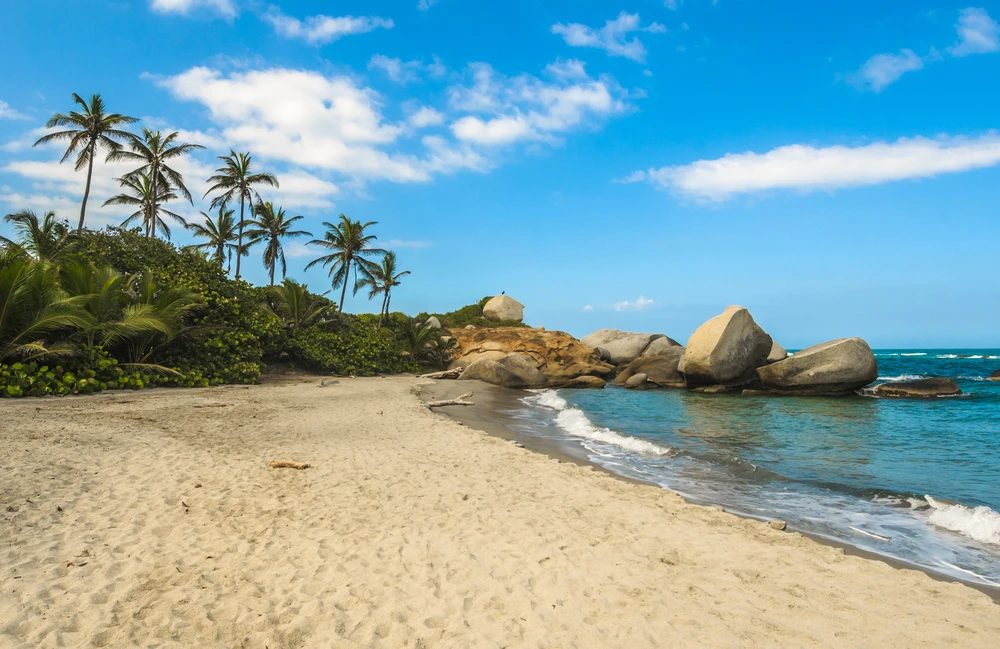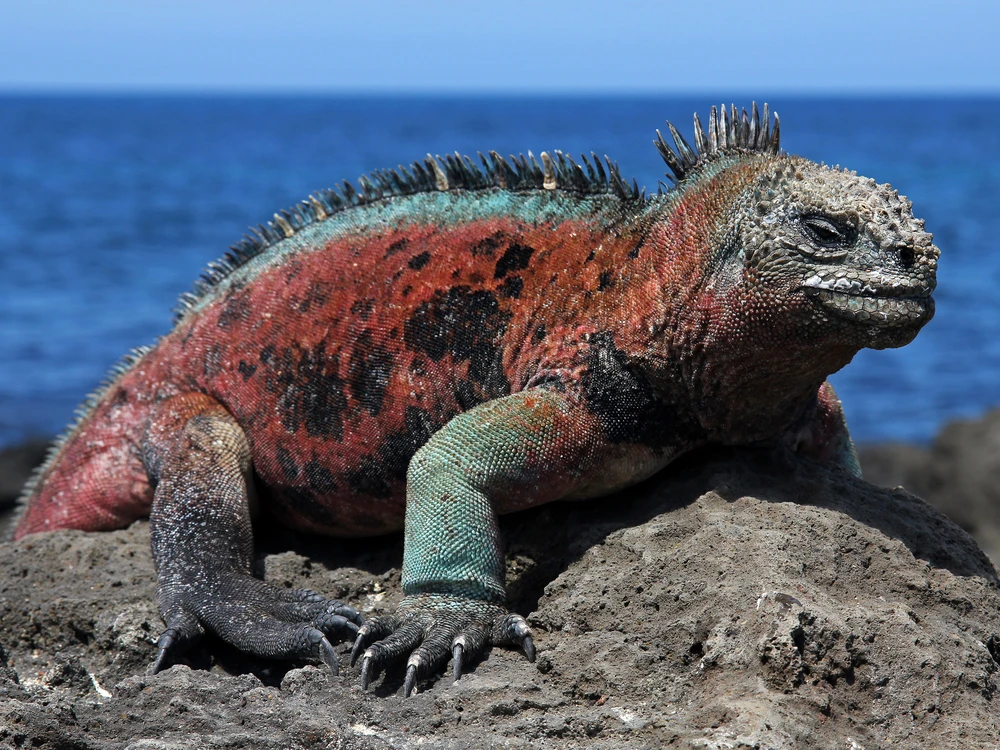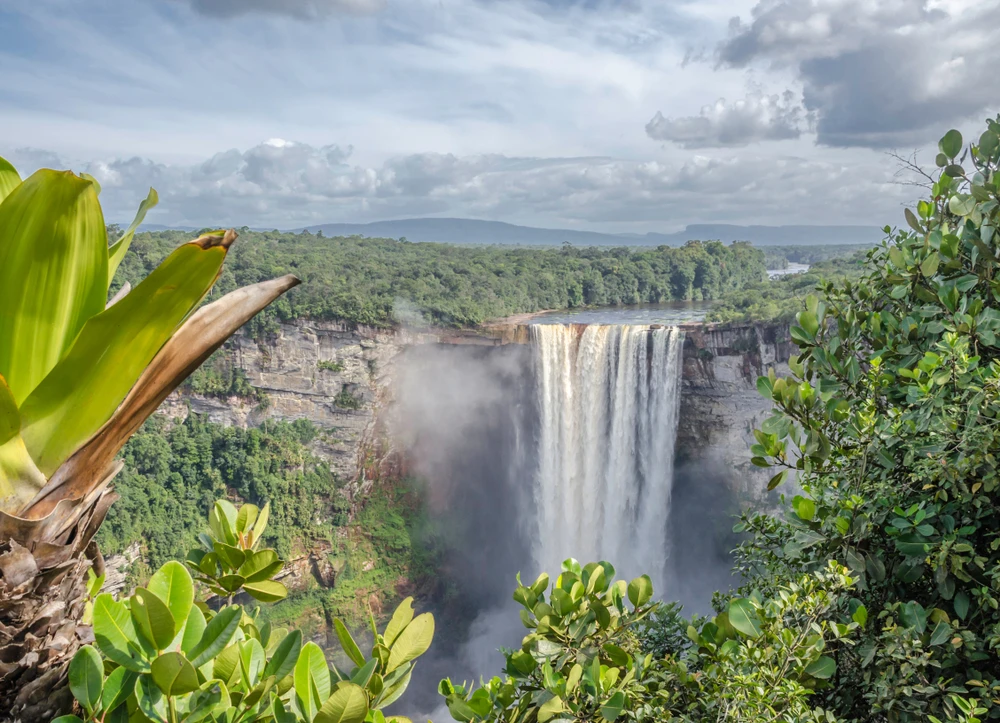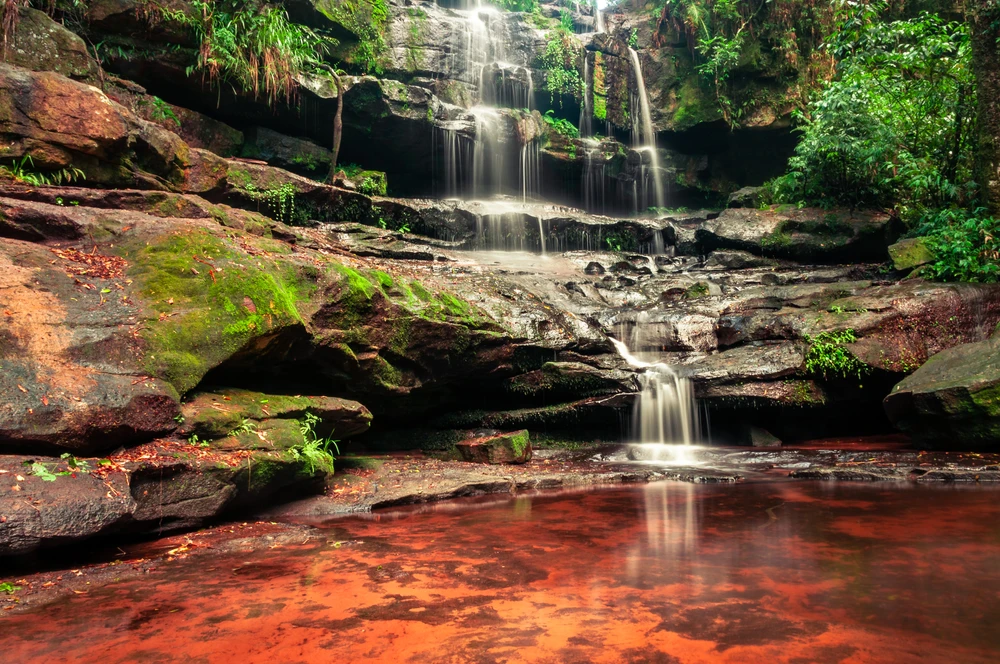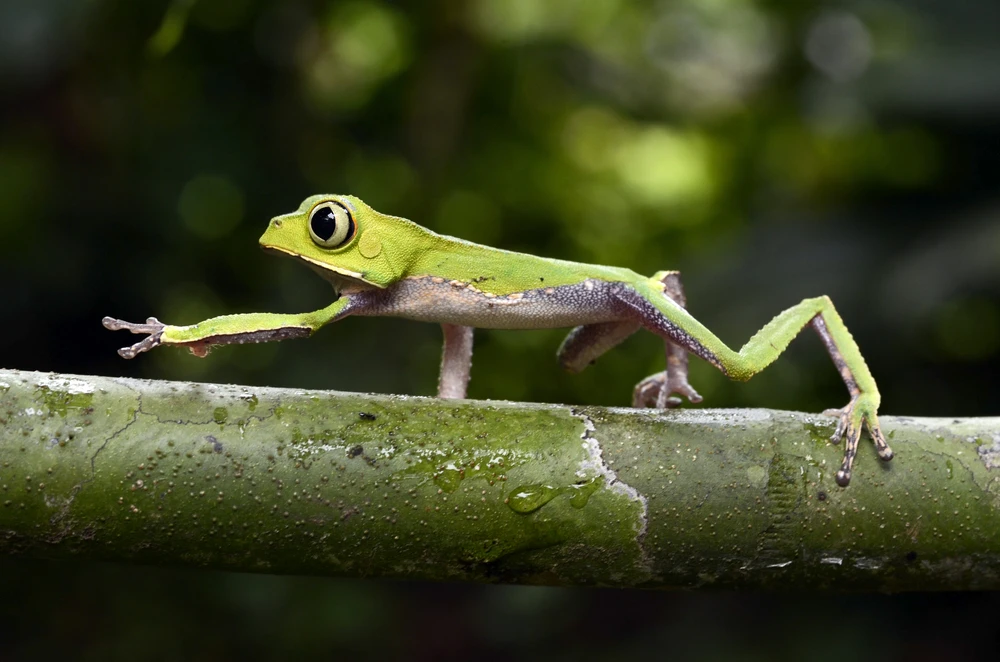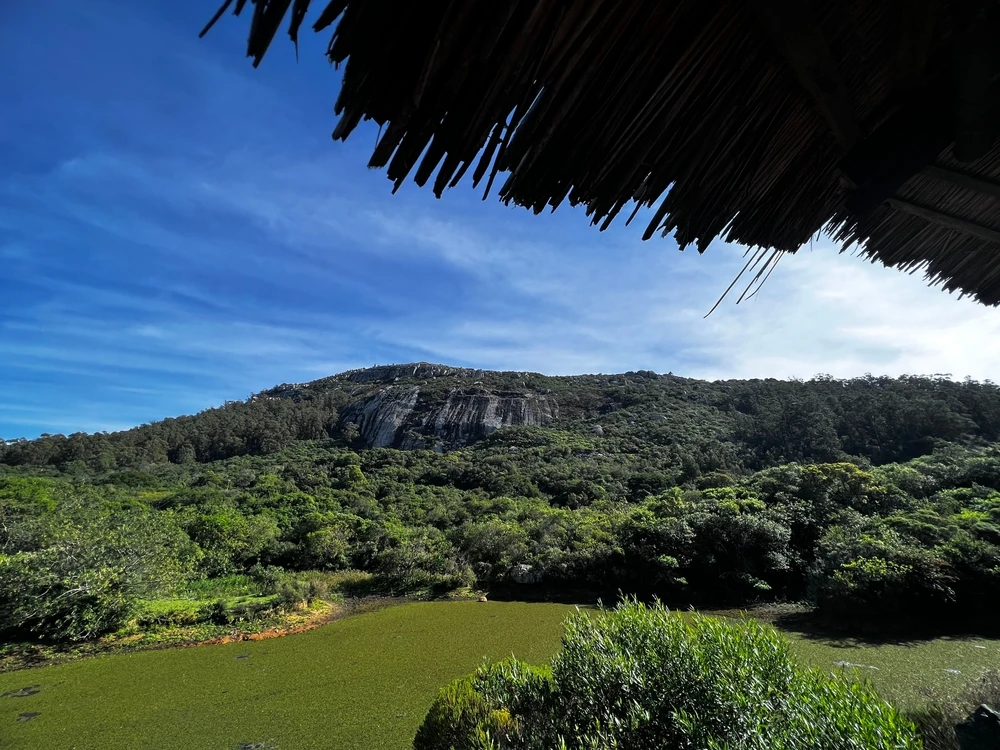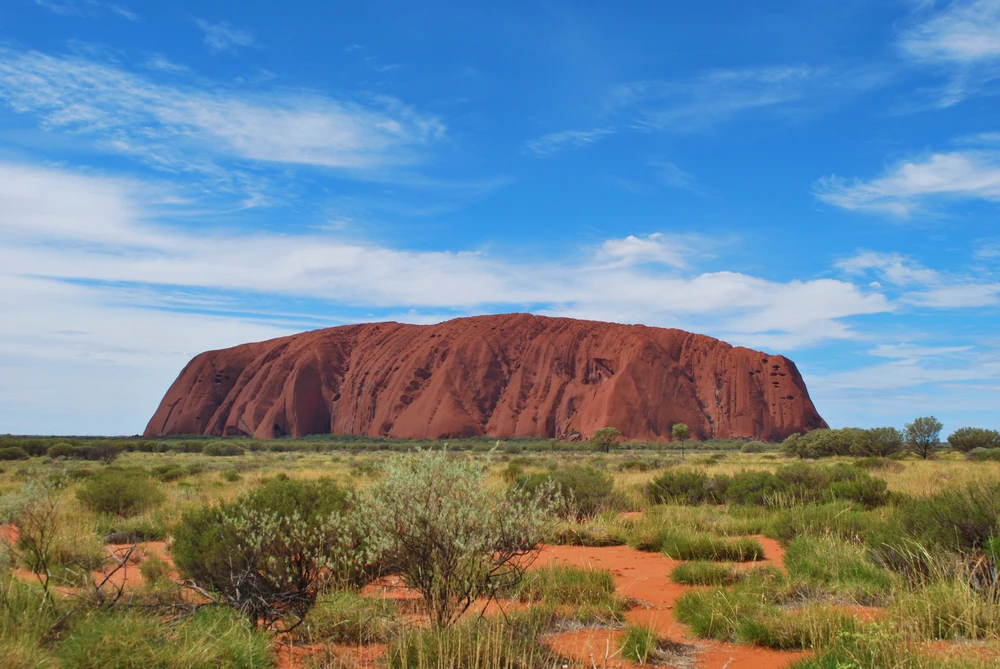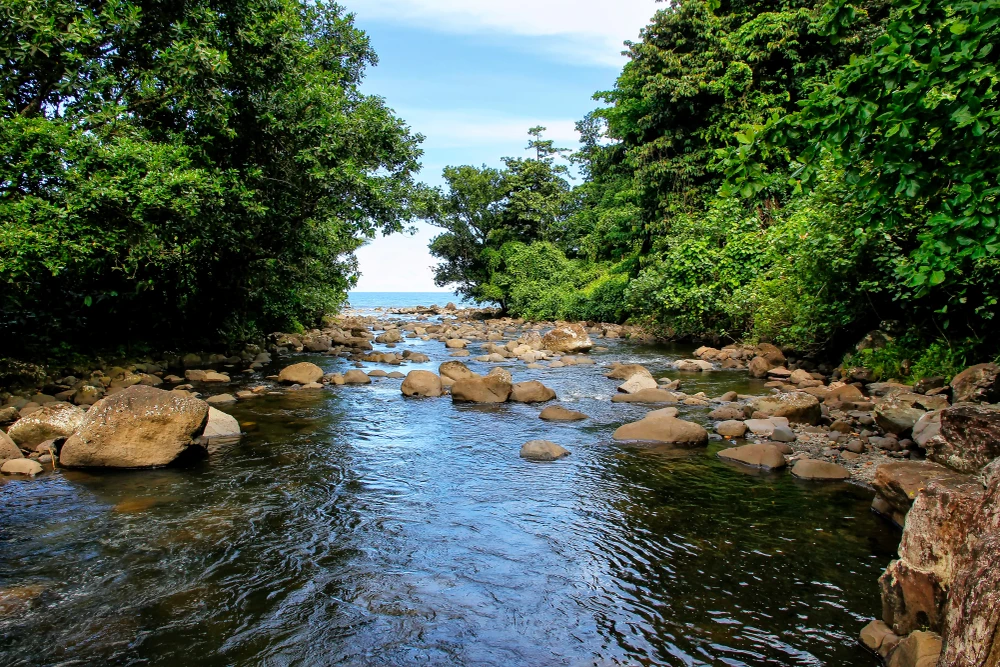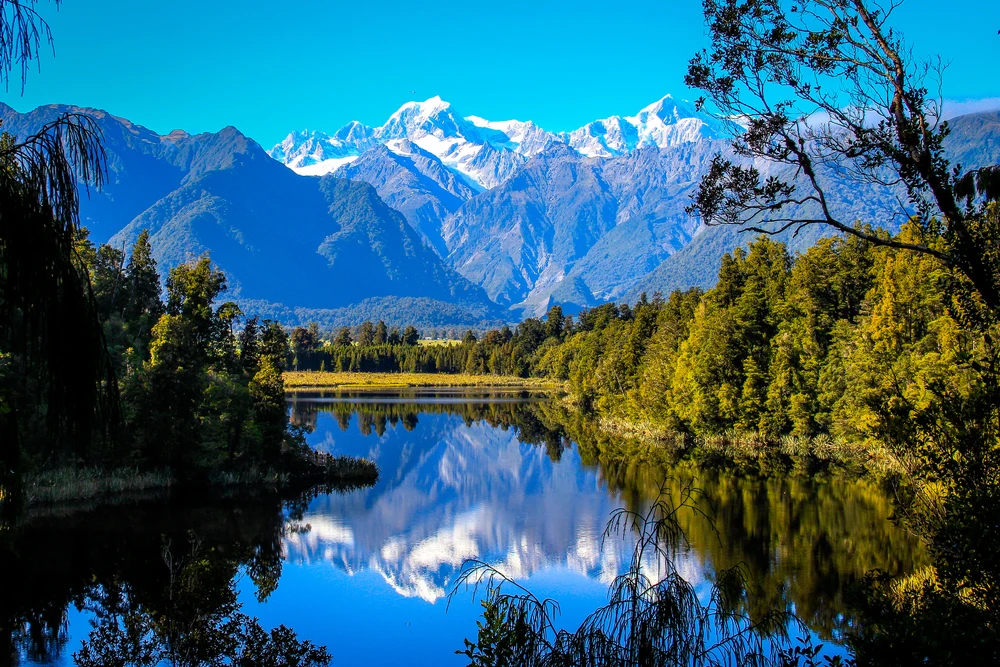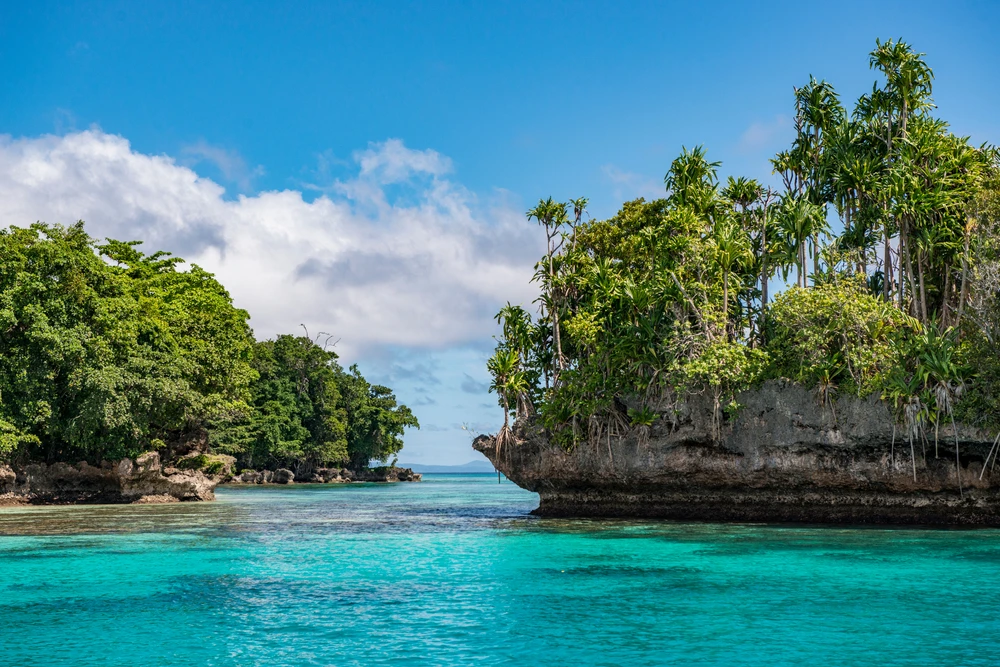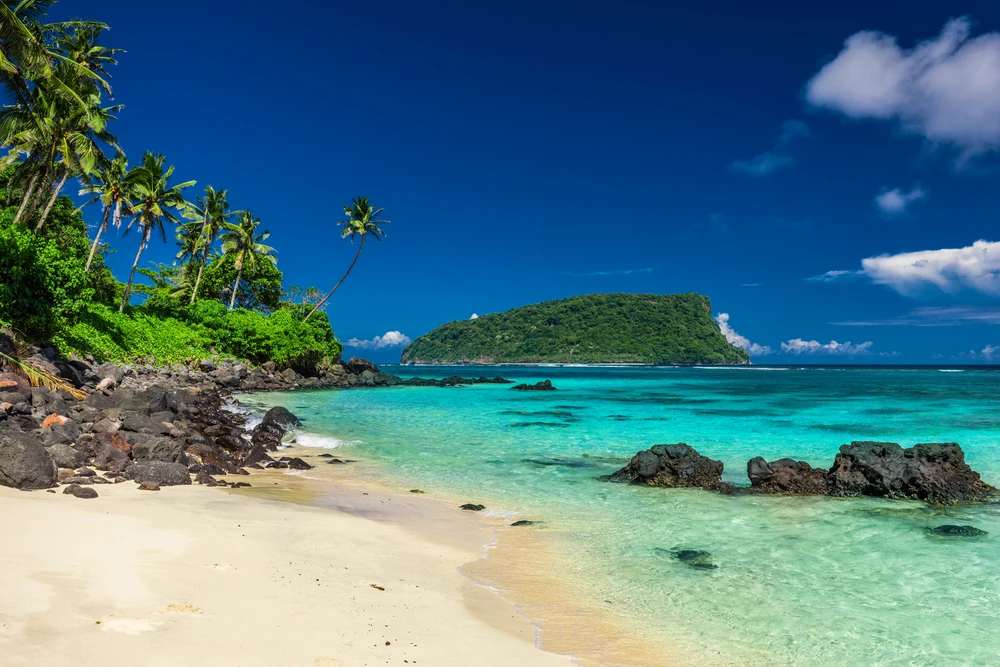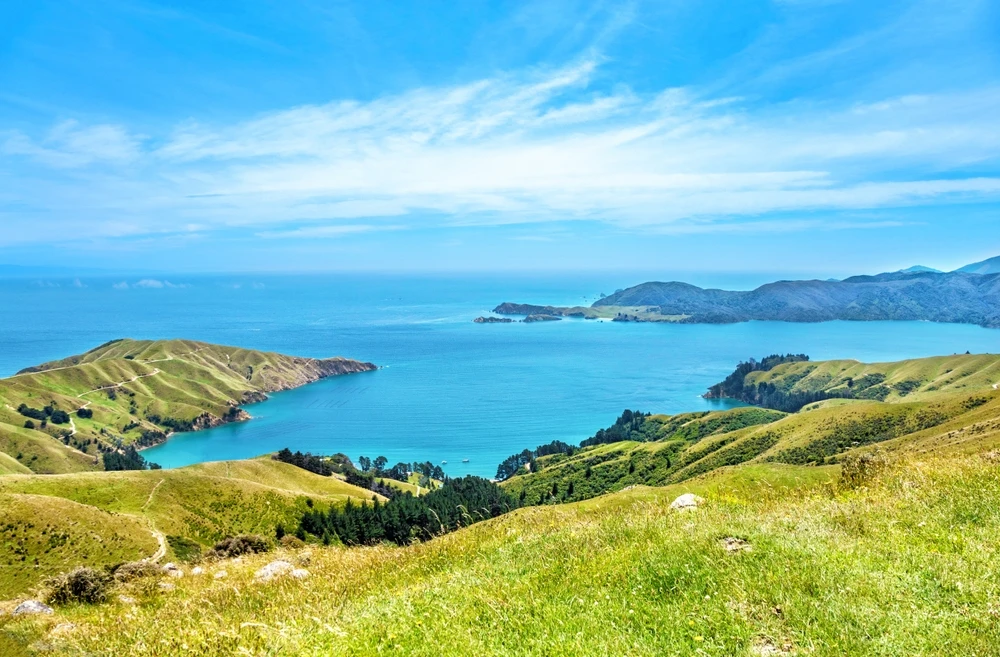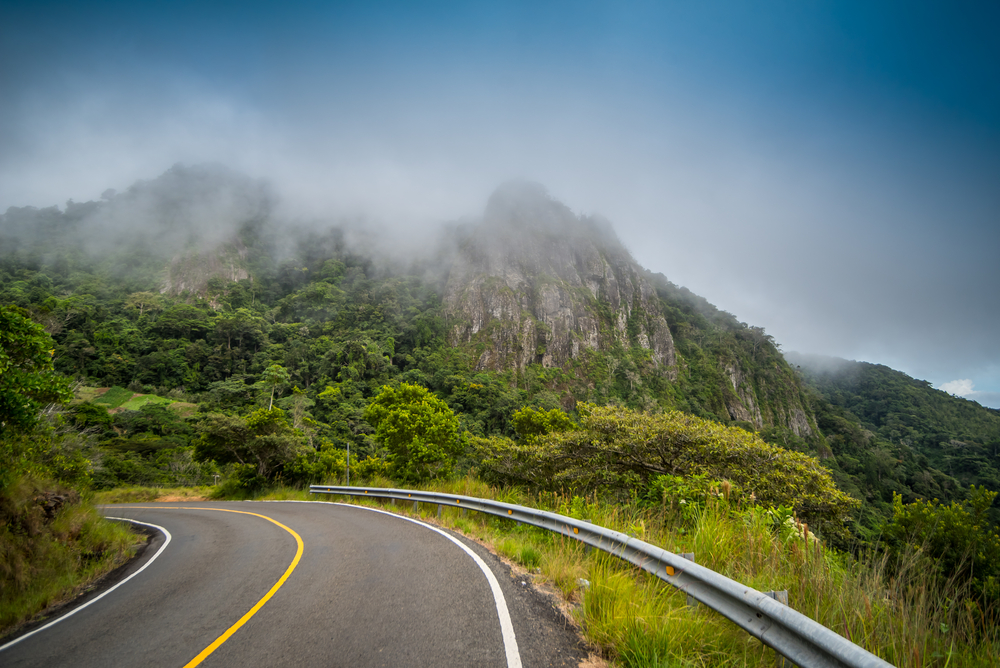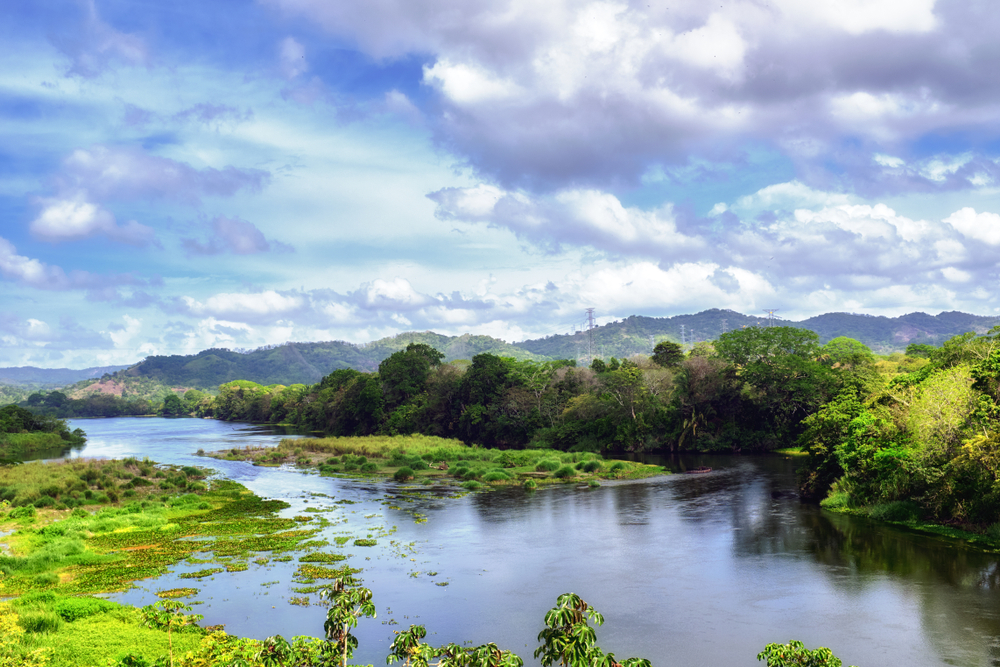Golfo de Chiriqui Overview
Golfo de Chiriquí National Park, known locally as Parque Nacional Golfo de Chiriquí, is a protected marine and coastal reserve located off the Pacific coast of Panama in the Chiriquí Province.
Covering approximately 579 square kilometers (224 square miles), the park encompasses a diverse range of habitats, including mangrove forests, coral reefs, and a collection of unspoiled islands.
The park was established in 1994 to safeguard the rich marine biodiversity of this region, which is a crucial part of the Gulf of Chiriquí’s extensive ecosystem. It lies near the town of Boca Chica and includes more than 25 islands and islets, with Isla Parida being one of the most prominent.
The park’s landscape is defined by its pristine coastline, dense tropical vegetation, and the clear blue waters of the Pacific. White-sand beaches and rocky shores line the islands, while offshore, the seafloor is covered with vibrant coral reefs that support an abundance of marine life.
Mangrove forests thrive along the coastline, providing critical breeding grounds for many species of fish and crustaceans. Inland, the islands are covered in lush lowland rainforests that support diverse terrestrial wildlife.
Due to its marine focus, the park features few mountainous landscapes, but its islands have rolling hills and dense vegetation that create stunning vistas against the backdrop of the ocean.
Wildlife in Golfo de Chiriquí National Park is a major attraction, particularly for those interested in marine species. The waters are home to humpback whales, which migrate to the area from July to October and again from December to March.
Dolphins, including the bottlenose and spotted dolphin, are commonly sighted. Sea turtles, such as the hawksbill, olive ridley, and green turtle, use the park’s beaches as nesting grounds.
The coral reefs support a dazzling variety of fish, including angelfish, parrotfish, and groupers, while rays and reef sharks are often encountered by divers and snorkelers. Birdwatchers can spot species such as the magnificent frigatebird, brown pelican, and various herons and egrets that thrive in the coastal and mangrove environments.
Visitors to Golfo de Chiriquí National Park can experience its beauty in multiple ways. Boating and island-hopping are popular, with guided tours taking visitors to remote beaches and hidden coves. Snorkeling and scuba diving reveal the park’s vibrant underwater world, with its coral reefs teeming with marine life.
Sportfishing is also a major draw, as the surrounding waters are home to prized game fish like marlin, tuna, and snapper. Kayaking through the mangroves allows for an up-close look at the park’s delicate coastal ecosystems, while those seeking relaxation can simply enjoy the serenity of the islands’ white-sand beaches.
Conservation efforts in Golfo de Chiriquí National Park have focused on protecting marine habitats from overfishing and illegal activities. The park has benefited from government protections and local conservation initiatives that promote sustainable tourism and community involvement.
Challenges remain, particularly concerning illegal fishing and climate change’s impact on coral reefs, but ongoing efforts aim to balance ecological preservation with responsible tourism.

